Few things spark instant curb-appeal envy like a thoughtfully styled house exterior, yet many homeowners default to the same safe siding and a splash of paint. Break free of that template and the façade becomes a creative canvas, capable of expressing personality, supporting sustainability, and even lifting neighborhood value. Whether your goal is modern minimalism or warm cottage charisma, subtle material swaps and strategic color choices often deliver dramatic change without a full rebuild. Below, you’ll discover twenty-five design moves — from whisper-soft lighting to statement greenery — that can transform an everyday structure into a show-stopping landmark.
1. Warm Wood Accents Elevate Your House Exterior
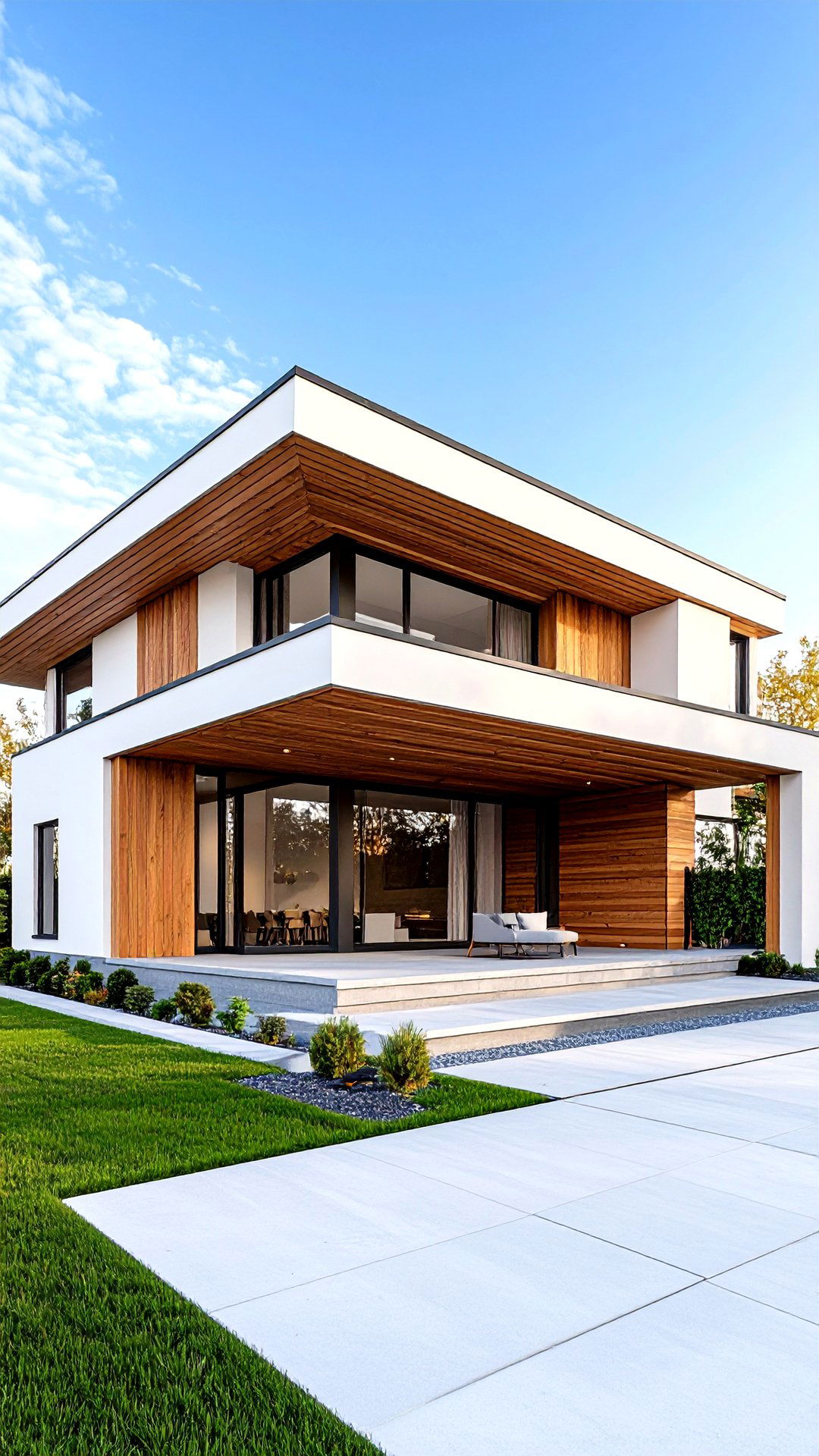
A touch of natural timber can immediately warm a house exterior, especially when paired with crisp white render for Scandinavian calm. Slatted cedar soffits, chunky Douglas-fir columns, or a slimline oak rain-screen introduce subtle texture that catches the light throughout the day. Because wood tones bridge indoor and outdoor palettes, they help the façade feel connected to landscaping while softening modern geometry. Apply a matte UV-protective sealer to prevent greying, or lean into the weathered silver for relaxed charm. Either way, the contrast of organic grain against smooth plaster tells passers-by that comfort and craftsmanship coexist here.
2. Mixed-Material Façade Adds Depth to Your House Exterior
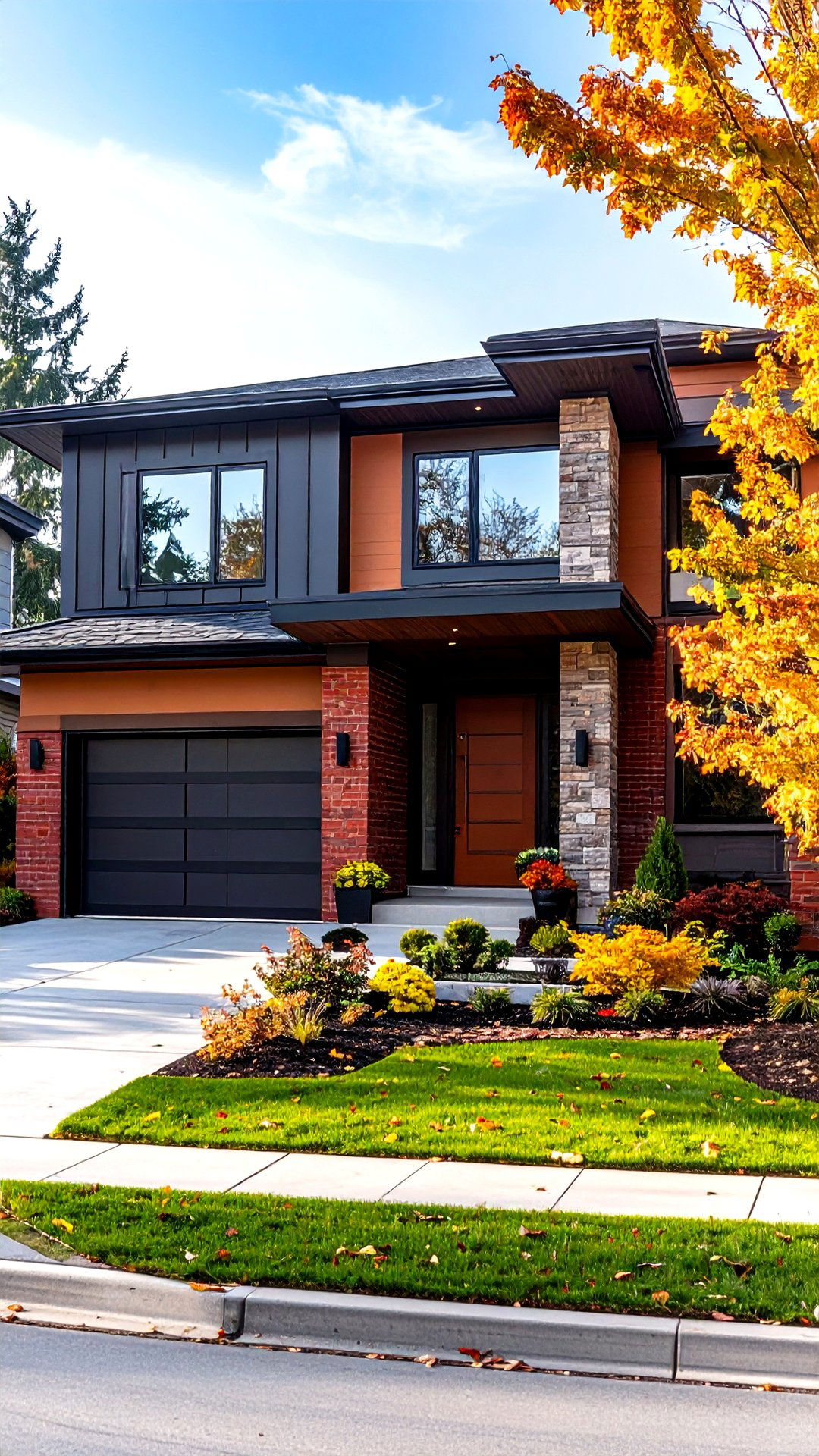
Unlike a single-finish wall, a mixed-material house exterior layers brick, metal cladding, and fiber-cement panels to build instant depth and visual rhythm. Consider a low brick wainscot beneath dark standing-seam steel, or reverse the hierarchy with slim vertical battens floating above a limestone base. The trick is limiting the palette to two or three complementary textures so the composition feels intentional, not chaotic. Echo whichever material dominates in small wayfinding details — perhaps a mailbox cap or planter rim — to create harmony from the street. Mixing surfaces like this also lets you allocate premium products only where they matter most, protecting budget.
3. Solar Roof Tiles Modernize the House Exterior Sustainably
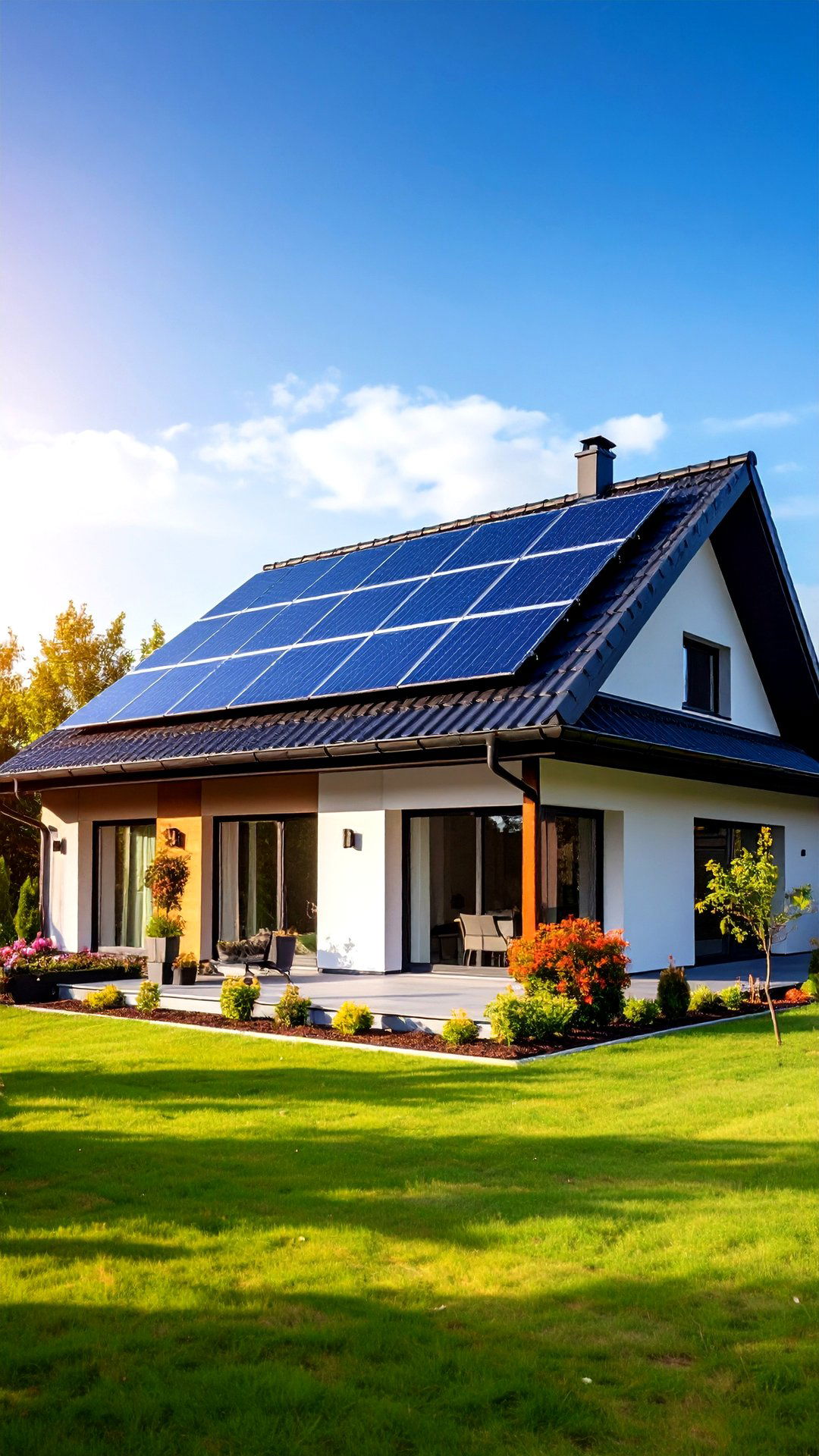
As research into photovoltaic design accelerates, sleek solar roof tiles now blend into a house exterior so seamlessly that many passers-by mistake them for slate. Beyond the obvious energy savings, integrated systems free homeowners from bulky rack-mounted panels and protect curb appeal. Choose tiles rated for local wind and hail loads, and work with certified installers who can route wiring invisibly under ridge caps. Because many municipalities offer tax incentives and streamlined permits for building-integrated photovoltaics, the upgrade often pays back faster than traditional arrays. Future-proofing your façade like this signals environmental responsibility without sacrificing architectural cleanliness.
4. Black-and-White Contrast Refreshes a Classic House Exterior
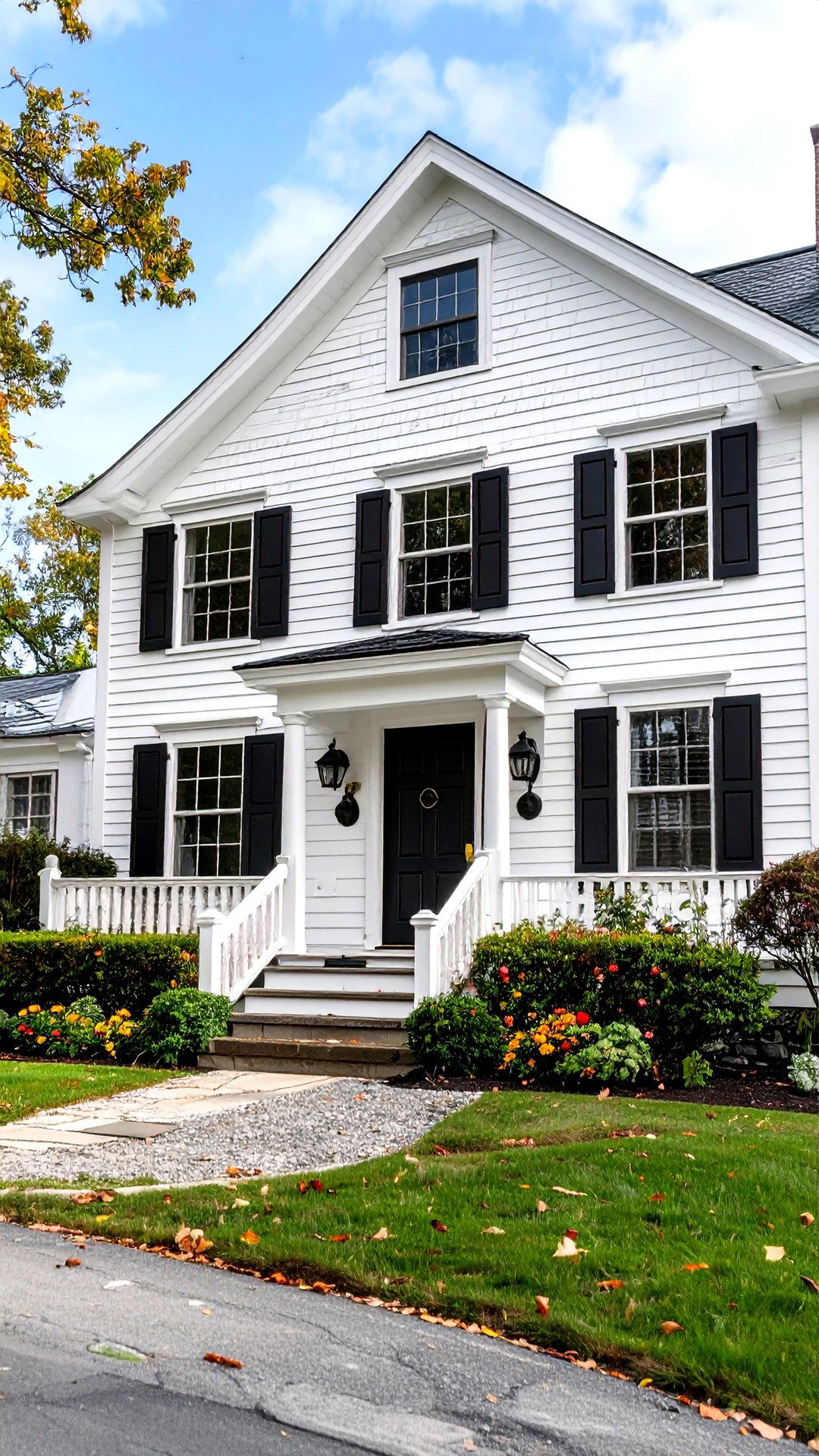
Despite decades of shifting trends, the crisp interplay of black trim over white siding still delivers an evergreen house exterior with instant sophistication. Swap tired vinyl panels for bright board-and-batten fiber cement, then outline every window, fascia, and porch rail in a deep charcoal such as Sherwin-Williams’ Iron Ore to sharpen lines. For extra punch, coordinate light fixtures and address numbers in matte black metal. Experts cite this high-contrast palette as a 2025 favorite for its ability to modernize without losing heritage charm, particularly on Colonial or Cape Cod structures. The façade feels both grounded and forward-looking.
5. Living Green Wall Turns a House Exterior into a Garden
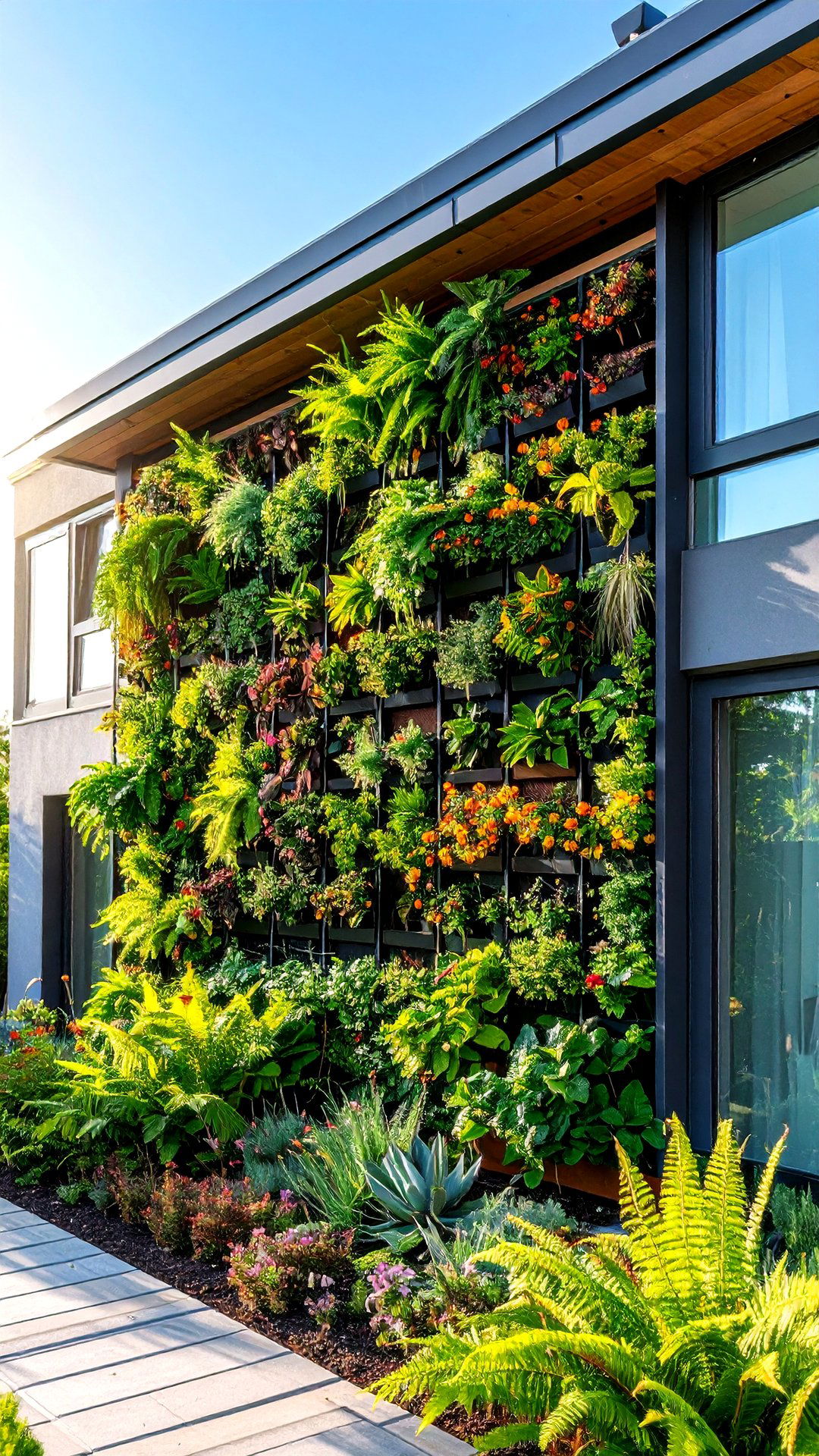
A vertical garden spilling with ferns, succulents, or flowering natives transforms a plain house exterior into a breathing ecosystem that cools walls and cleans urban air. Modular pocket panels make installation approachable, while integrated drip emitters simplify upkeep. Position the living wall on a sun-kissed elevation but leave gaps around windows so foliage frames, rather than blocks, the view. Research shows exterior greenery can reduce surface temperatures by up to ten degrees Celsius, lowering energy demand in hot climates. Choose species with shallow root systems and staggered bloom times to maintain year-round color and attract pollinators to the façade.
6. Statement Front Door Color Animates Your House Exterior
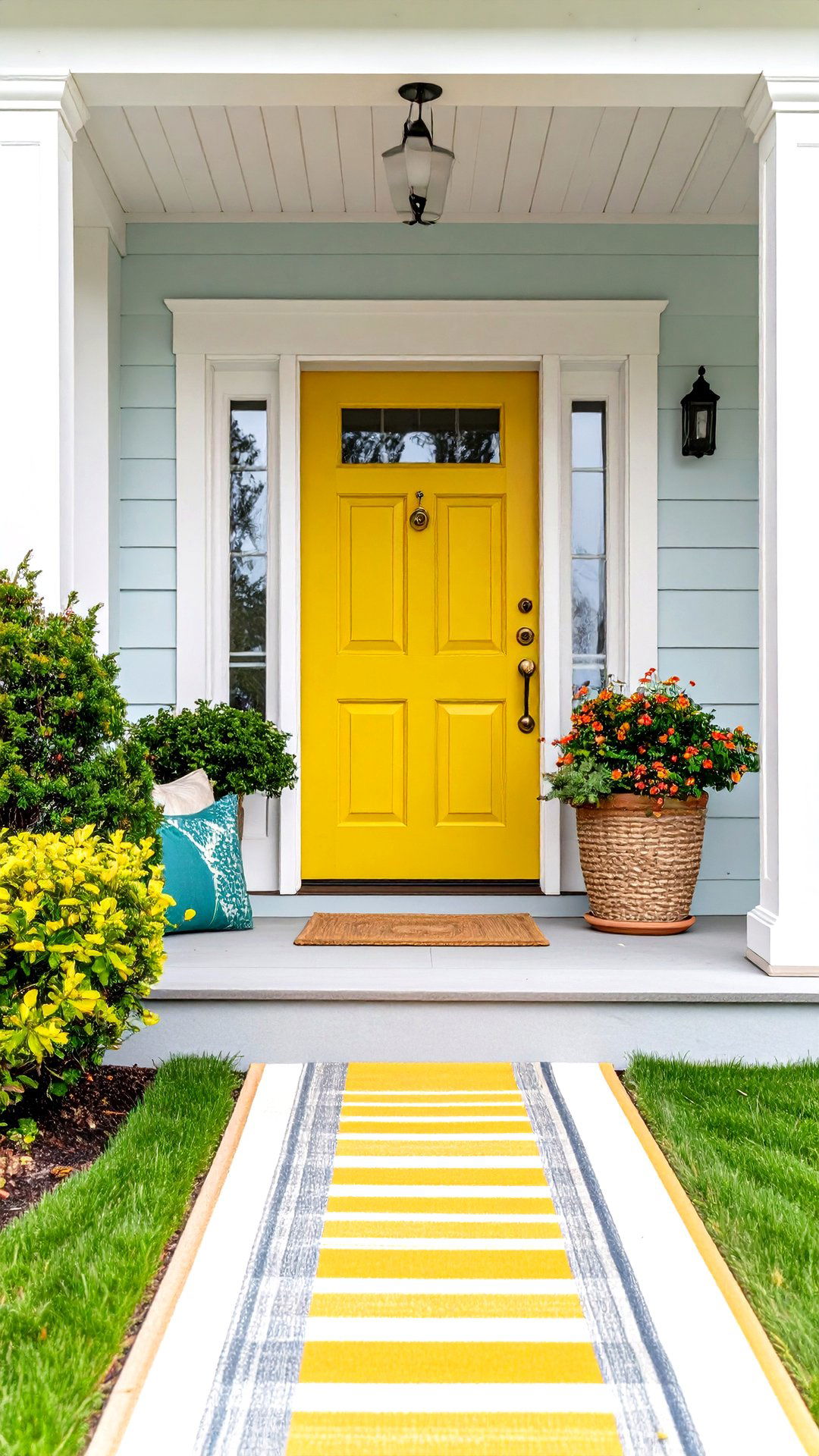
Certainly, nothing enlivens a house exterior faster than a front door painted in a daring hue — think burnt orange, citron yellow, or moody midnight blue. Design pros recommend selecting a color that appears sparsely elsewhere on the façade, such as a planter stripe or porch cushion, to keep the accent cohesive. Before committing, test large swatches in both morning and evening light; pigments shift noticeably outdoors. High-quality exterior enamel with UV blockers will resist fading and chips, while new smart locks in satin brass or black complete the fresh look. This petite canvas offers maximum personality for minimal spend.
7. Mid-Century Breeze Blocks Add Retro Flair to the House Exterior

Looking for shade and privacy without sacrificing airflow? Mid-century concrete breeze blocks can screen patios or carports while giving the house exterior a nostalgic Palm-Springs vibe. Choose geometric patterns — sunburst, diamond, or circle-in-square — and stack them as partial walls or freestanding partitions. The perforated surface filters harsh sunlight into playful lattice shadows, keeping outdoor lounges cooler. For an authentic period feel, leave the blocks raw gray or lime-wash them a muted pastel. Because the units are modular and affordable, they’re an approachable weekend project that instantly distinguishes a home from its blank-walled neighbors.
8. Earth-Tone Palette Grounds the House Exterior in Nature
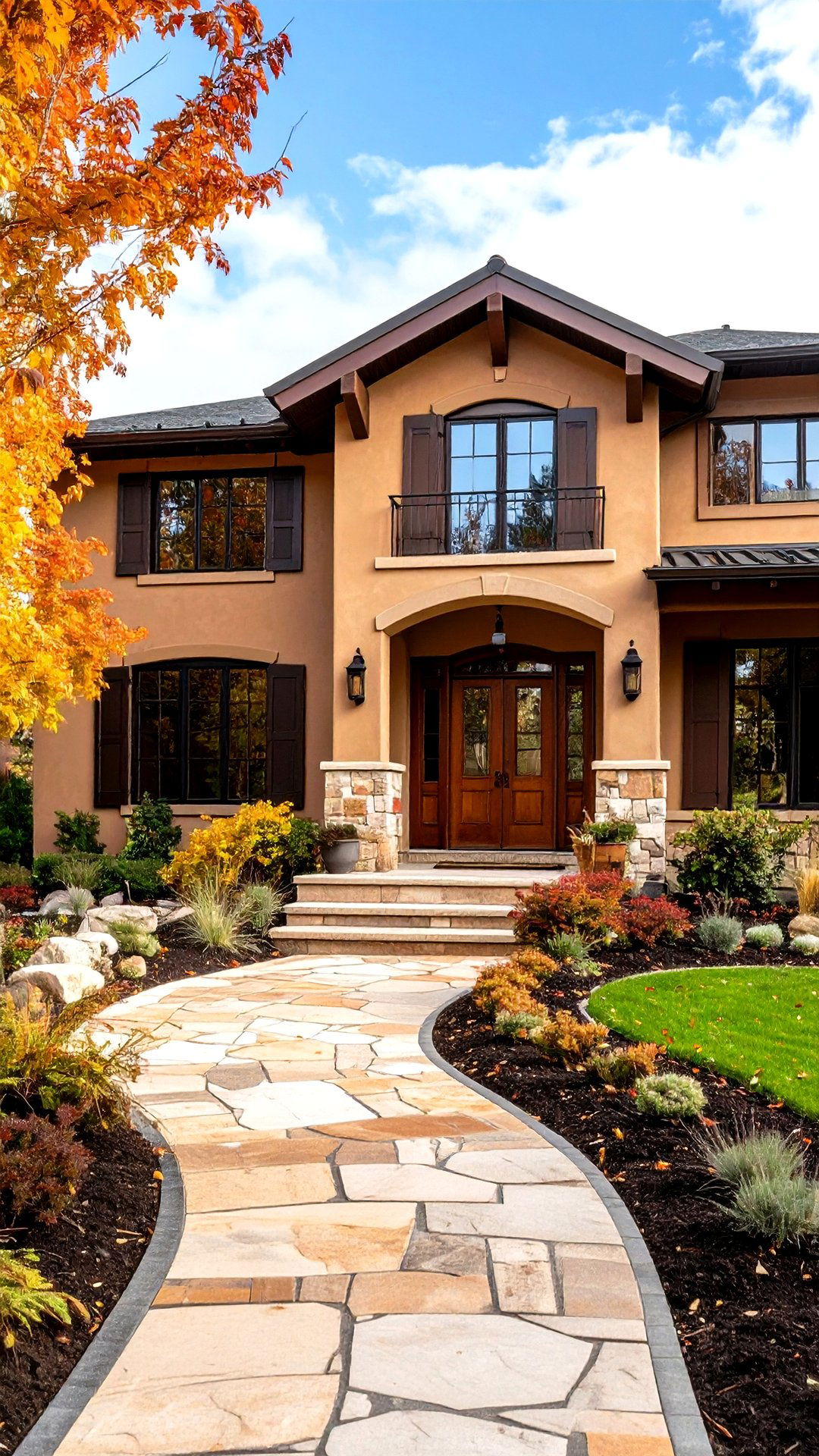
As warm neutrals like olive, cinnamon, and terracotta replace cooler grays, an earth-tone palette reconnects a house exterior to the landscape and hides dirt better between washes. Start with a mid-tone body — clay or sage — then layer slightly lighter trims and a deeper accent on shutters or beams for dimension. Color experts list these hues among 2025’s top requests because they feel calming yet contemporary, especially beside low-water native plantings. Pair the scheme with brushed bronze fixtures and natural-stone paths for a cohesive, organic aesthetic that will age gracefully rather than flash-date the property.
9. Architectural Uplighting Dramatically Showcases the House Exterior
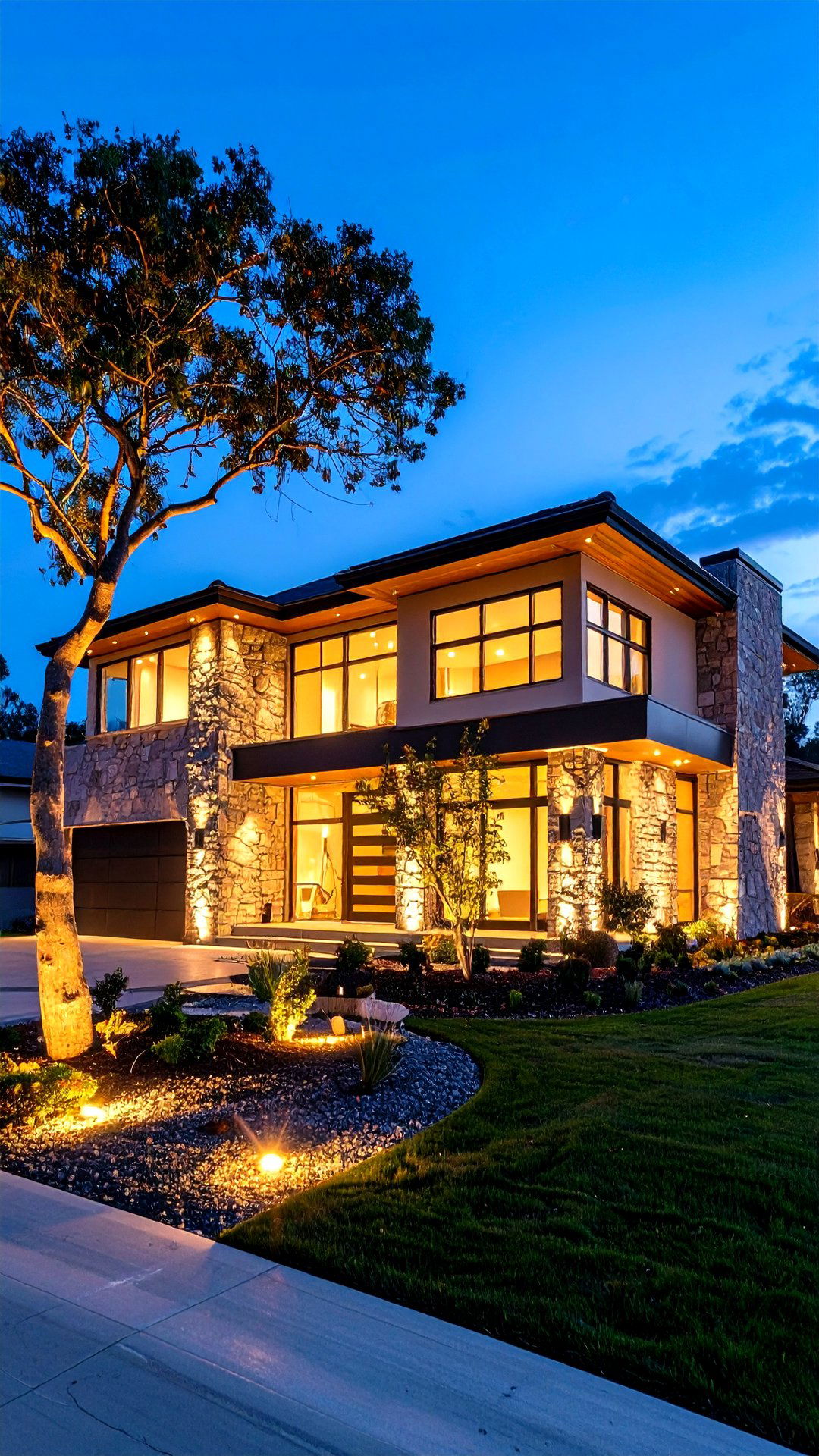
When sunset falls, strategic LED uplighting can make a house exterior feel like an illuminated sculpture. Install narrow-beam fixtures at ground level to wash textured stone, spotlight a statement tree, or draw eyes to roof peaks. Because modern LEDs sip energy and pair with dusk sensors, you’ll gain ambience without a towering utility bill. Warm temperatures around 2700 – 3000 K flatter natural materials, while a dimming driver lets you dial brightness after dark. Properly lit façades not only boost curb appeal but also deter intruders by removing deep shadows near entry doors and plant beds.
10. Vertical Planter Rails Soften Multi-Story House Exteriors

To wrap things up for tight urban lots, mounting vertical planters along balcony rails introduces biophilic softness to a tall house exterior without encroaching on valuable square footage. Lightweight aluminum troughs lined with coco fiber hold herbs, strawberries, or trailing vines that spill over edges, creating a leafy cascade visible from the street. Drip-line kits thread discreetly through railing posts for mess-free watering, while adjustable brackets ensure everything stays level on uneven balustrades. This easy retrofit not only brightens upper stories that often appear stark, it also offers residents fresh produce at arm’s reach.
11. Pergola-Framed Entry Adds Depth to a House Exterior
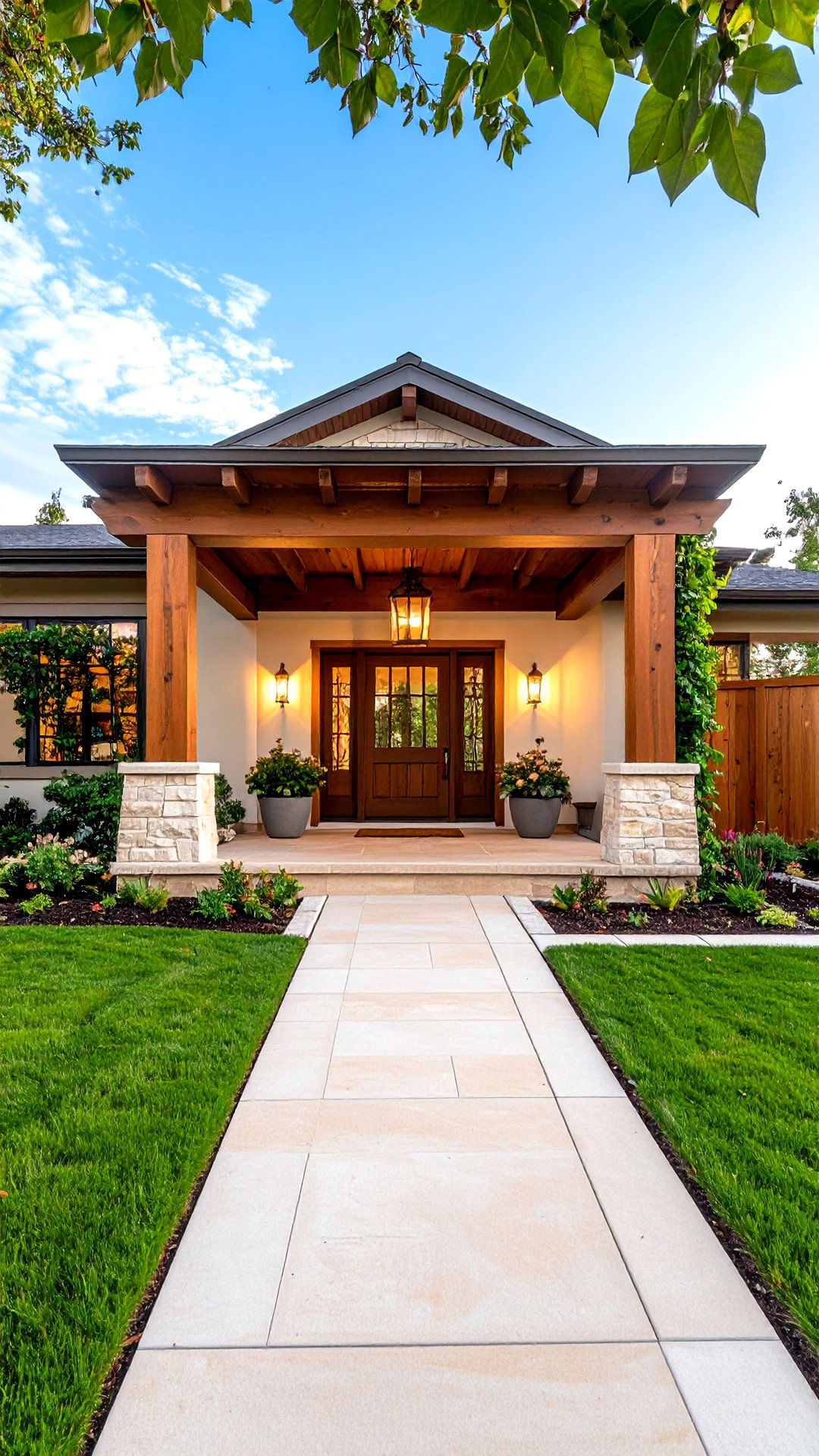
A sturdy pergola reaching from the driveway to the front door creates a welcoming tunnel of shade that gives the house exterior immediate architectural depth. Choose powder-coated steel for a modern profile, or stained cedar for rustic warmth, and match the pergola’s beam spacing to window mullion proportions so the addition feels integrated. Climbing jasmine or wisteria can weave through the rafters, perfuming the approach in spring. The semi-open structure also provides a transition zone where guests can shake off rain before stepping inside, keeping interiors cleaner while extending living space outward.
12. Zen-Inspired Courtyard Calms the House Exterior
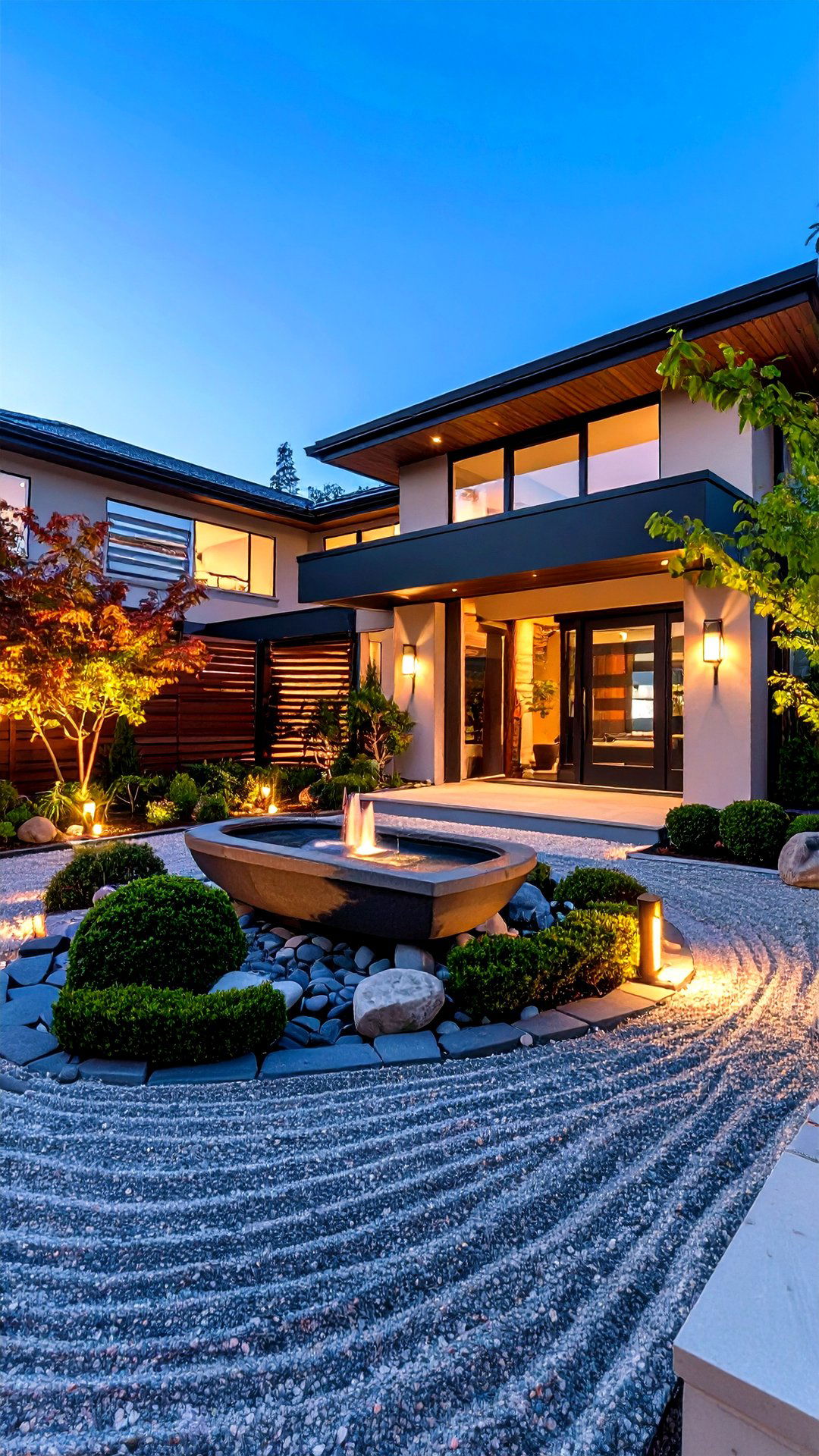
Bringing tranquility right to the street, a Japanese-influenced front courtyard — with gravel raked into ripples, clipped boxwood islands, and a single sculptural maple — turns the house exterior into a daily mindfulness prompt. Low timber screens hide bins and meters, while a horizontal slat gate offers teasing glimpses of the sanctuary beyond. Because the courtyard buffers noise and filters dust, opening living-room sliders feels like stepping into a pocket park even in dense suburbs. Add a stone basin fountain to introduce soft water sound, and use warm rice-paper lanterns for atmospheric evening glows.
13. Rustic Stone Veneer Gives the House Exterior Timeless Weight
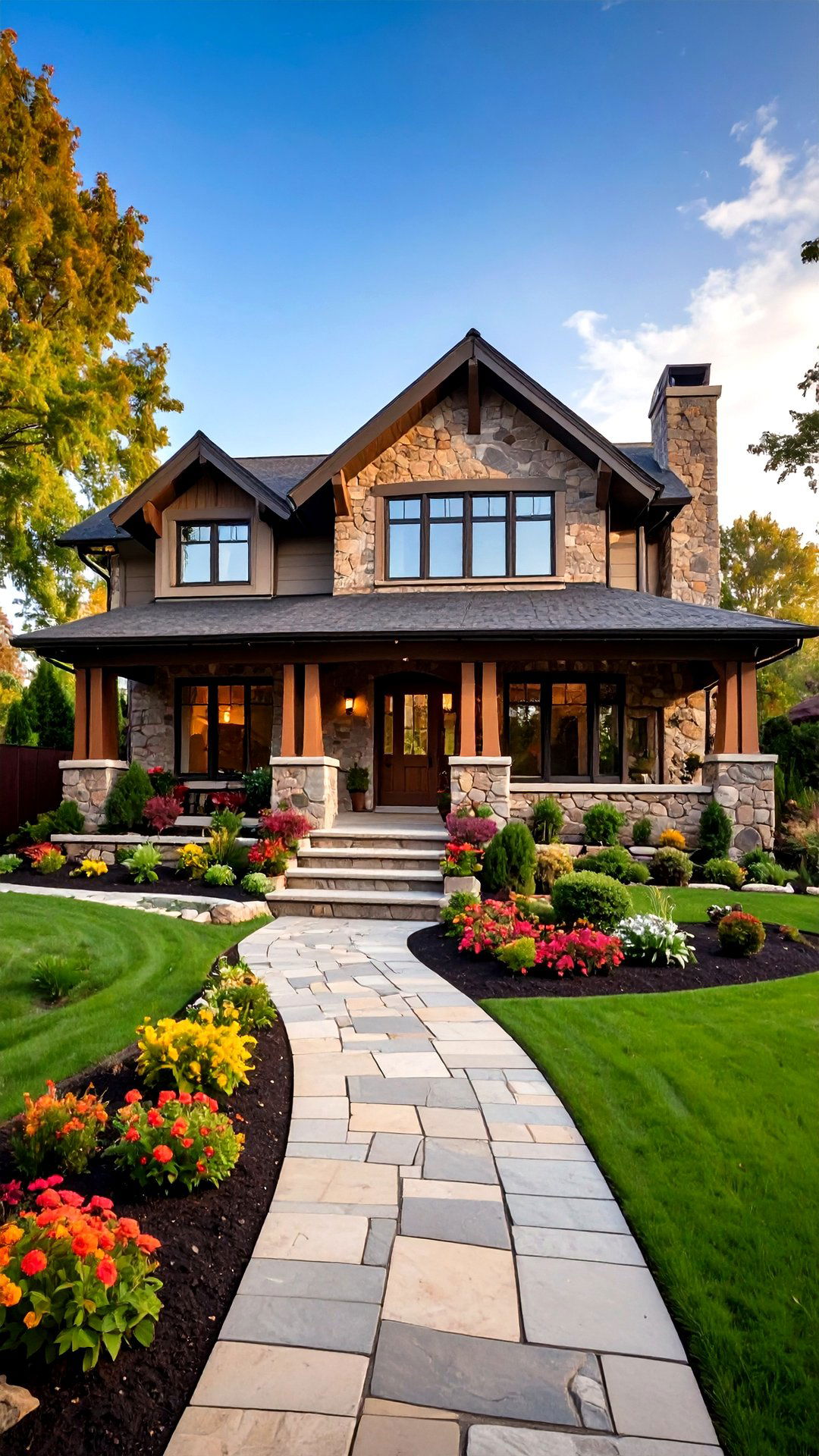
Take any lightweight frame house exterior and imbue it with Old-World gravitas by wrapping the lower meter in rough-hewn stone veneer. Modern panel systems click together like puzzle pieces, delivering the look of quarried granite without the engineering load or price tag of full masonry. To avoid a pastiche effect, extend the stone onto planter walls or chimney stacks so it feels intentionally integrated. Seal joints with a breathable mortar to let trapped moisture escape — essential in freeze-thaw climates. The result is a façade that appears anchored to its site, increasing perceived value and durability in buyers’ eyes.
14. Glass Garage Doors Open Up the House Exterior

Owing to advancements in insulated glazing, translucent glass garage doors now give the house exterior a loft-like edge while still meeting thermal codes. Frosted or ribbed panels blur what’s inside, delivering privacy by day yet letting workshop lights glow like lanterns at night. Match the frame color to window mullions for coherence, and specify tempered panes for safety. Because the doors admit natural light, garages become usable studios or gyms rather than dark storage caves, expanding functional square footage without an addition. A wall once dominated by solid metal suddenly feels welcoming and modern.
15. Patterned Concrete Path Sets the Tone for the House Exterior
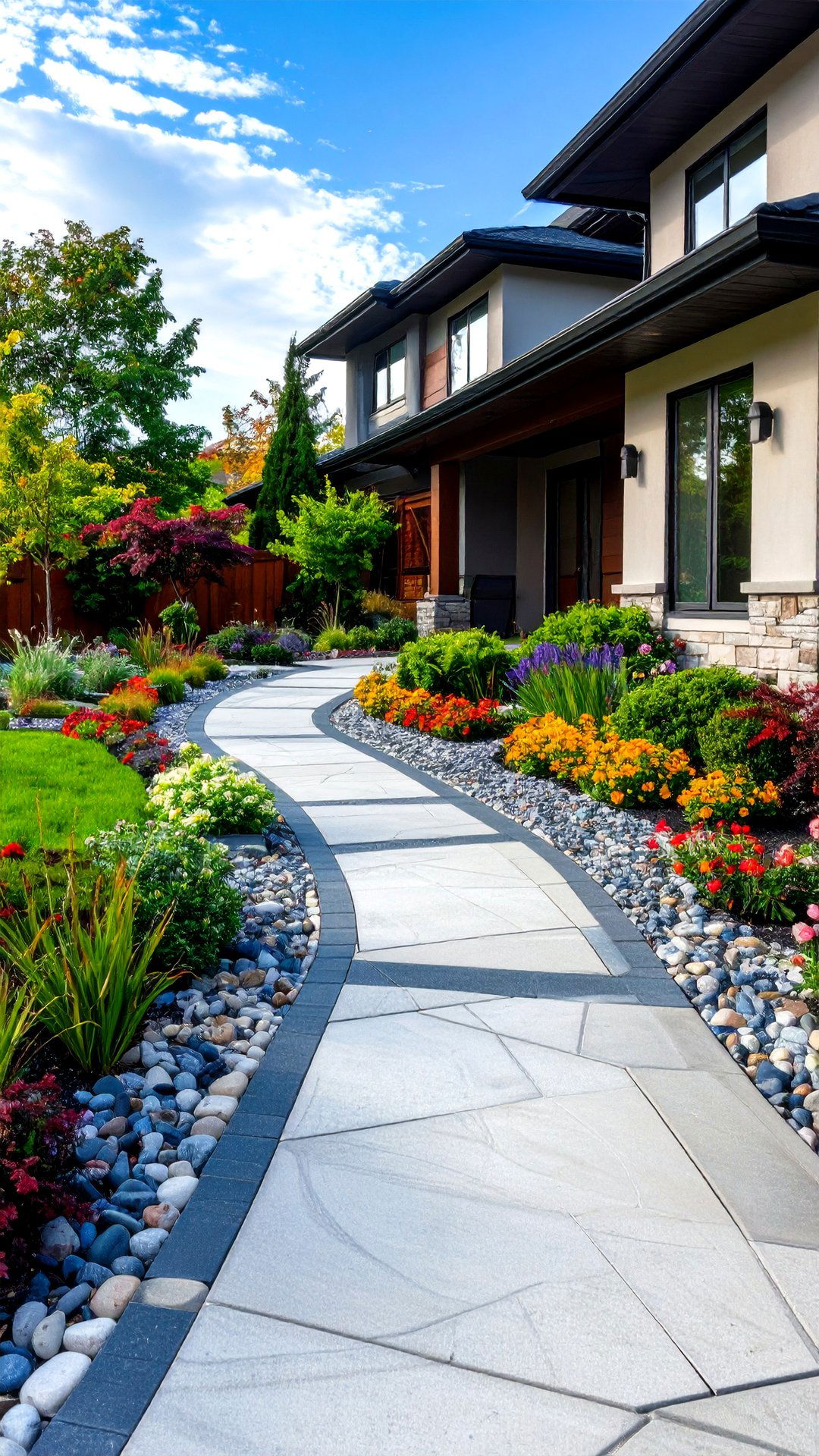
By the time visitors reach your stoop, the pathway has already framed expectations about the house exterior, so swap plain broom-finish concrete for large geometric stamps or inlaid pebble mosaics. Alternating triangles or chevrons subtly guide footsteps while echoing roof gables overhead. To prevent slippery surfaces, combine a light broom texture with a penetrating sealer instead of glossy film builds. Accent the joints with native ground-covers like creeping thyme, which release fragrance when stepped on and soften hard edges. The upgraded walkway turns everyday arrivals into a design experience starting at the curb.
16. Minimalist Flat-Roof Profile Streamlines the House Exterior
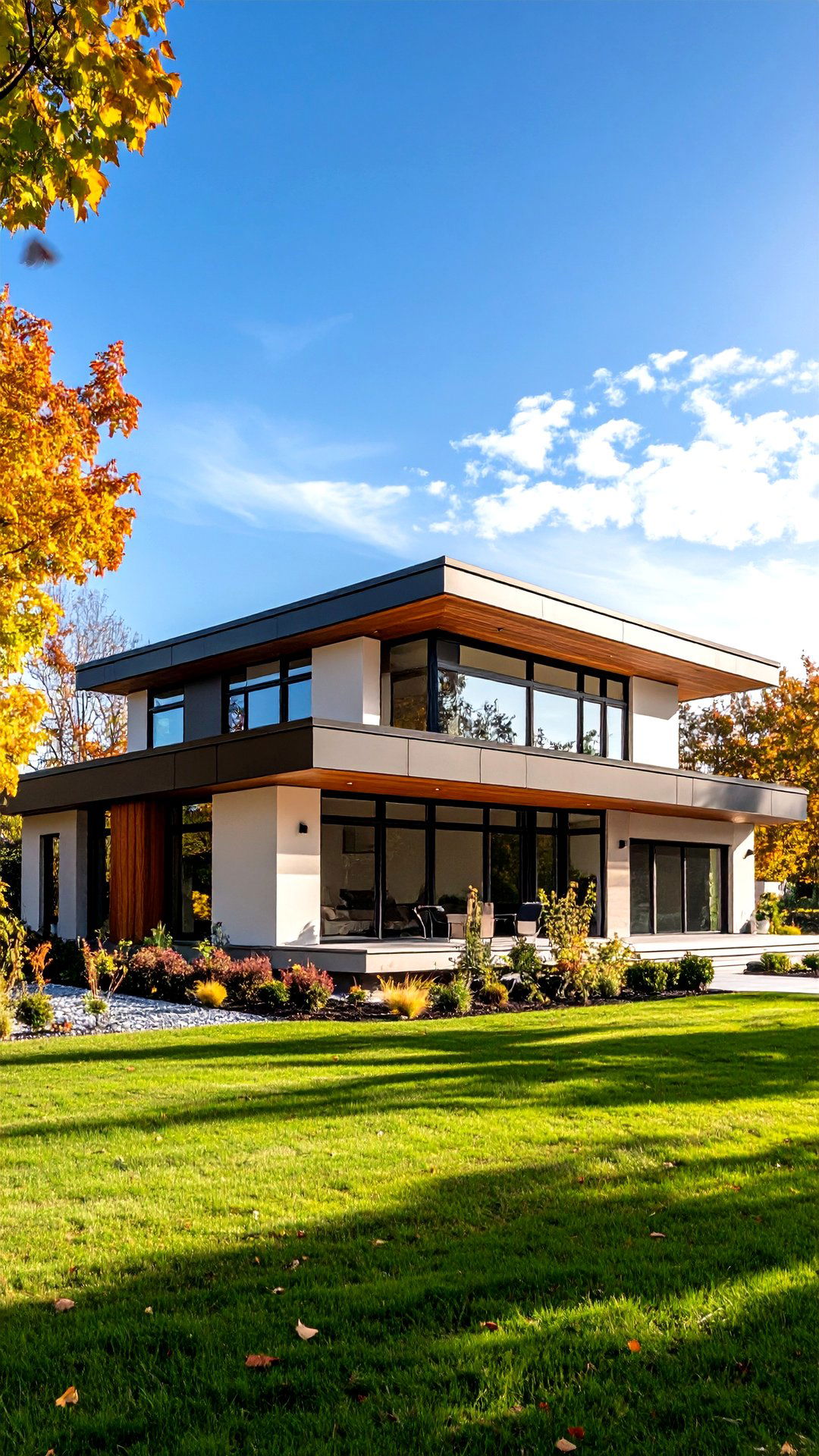
What happens when you strip ornamentation to the essentials? A laser-straight flat roof casts the house exterior as a minimalist sculpture playing with shadow and negative space. Pair the profile with oversize fascia boards to conceal slight slopes needed for drainage, and finish soffits in warm wood so the stark geometry still welcomes. Inside, clerestory windows tucked under the parapet bounce daylight deep into rooms, reducing artificial-light use. The simplified silhouette reads contemporary but timeless, free of gables or hips that might date quickly, and it often reduces construction costs thanks to fewer complex truss intersections.
17. Mediterranean Pastel Stucco Brightens the House Exterior
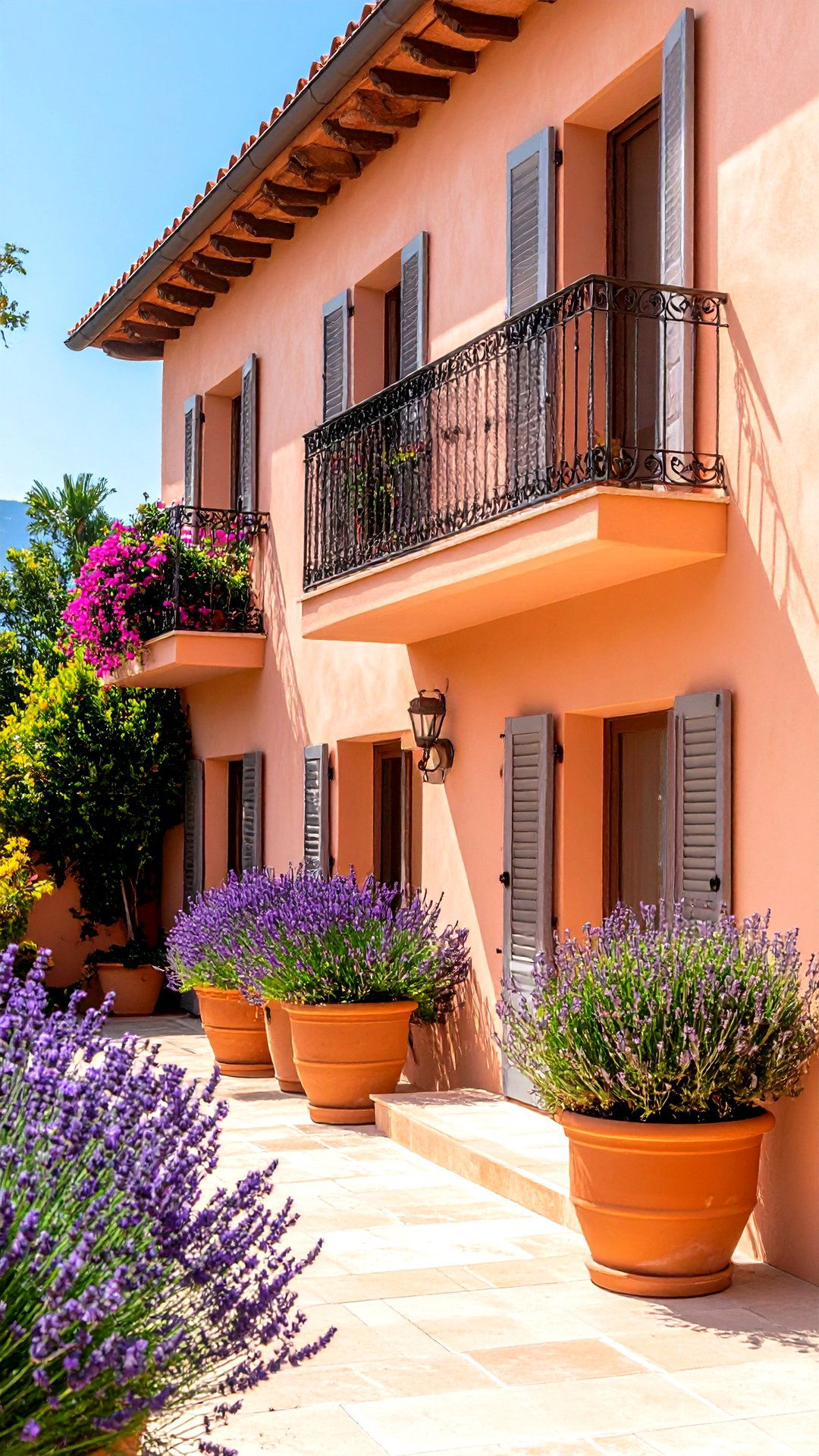
Shortly after dawn, sun-washed Mediterranean villages glow with apricot, blush, and pale aqua walls — colors that can just as easily invigorate a suburban house exterior. A flexible acrylic stucco system cracks less than cement, making it ideal for pastel tints that would show flaws. Complement the façade with wrought-iron balcony rails and terracotta pots of lavender for authenticity. Soft, reflective shades tend to keep interiors cooler by bouncing heat, a plus in hot climates. The playful palette offers an antidote to monotone streetscapes without abandoning elegance.
18. Wraparound Porch with Cable Railing Extends the House Exterior

To extend living space outdoors while maximizing views, a wraparound porch fitted with slim stainless-steel cable rails turns the house exterior into a 360-degree lounge. Because cables virtually disappear beyond a few meters, sightlines to gardens or mountains stay unobstructed, unlike bulky wooden balusters. Use rot-resistant decking — such as thermally modified ash — and slope boards slightly away from the house to shed rain. Integrate low-profile LED plinth lights along steps so evenings remain hazard-free. A ceiling fan, even on an open porch, keeps mosquitoes at bay by disturbing flight patterns, letting family dinners drift late into the night.
19. Custom Numbers and Mailbox Personalize the House Exterior
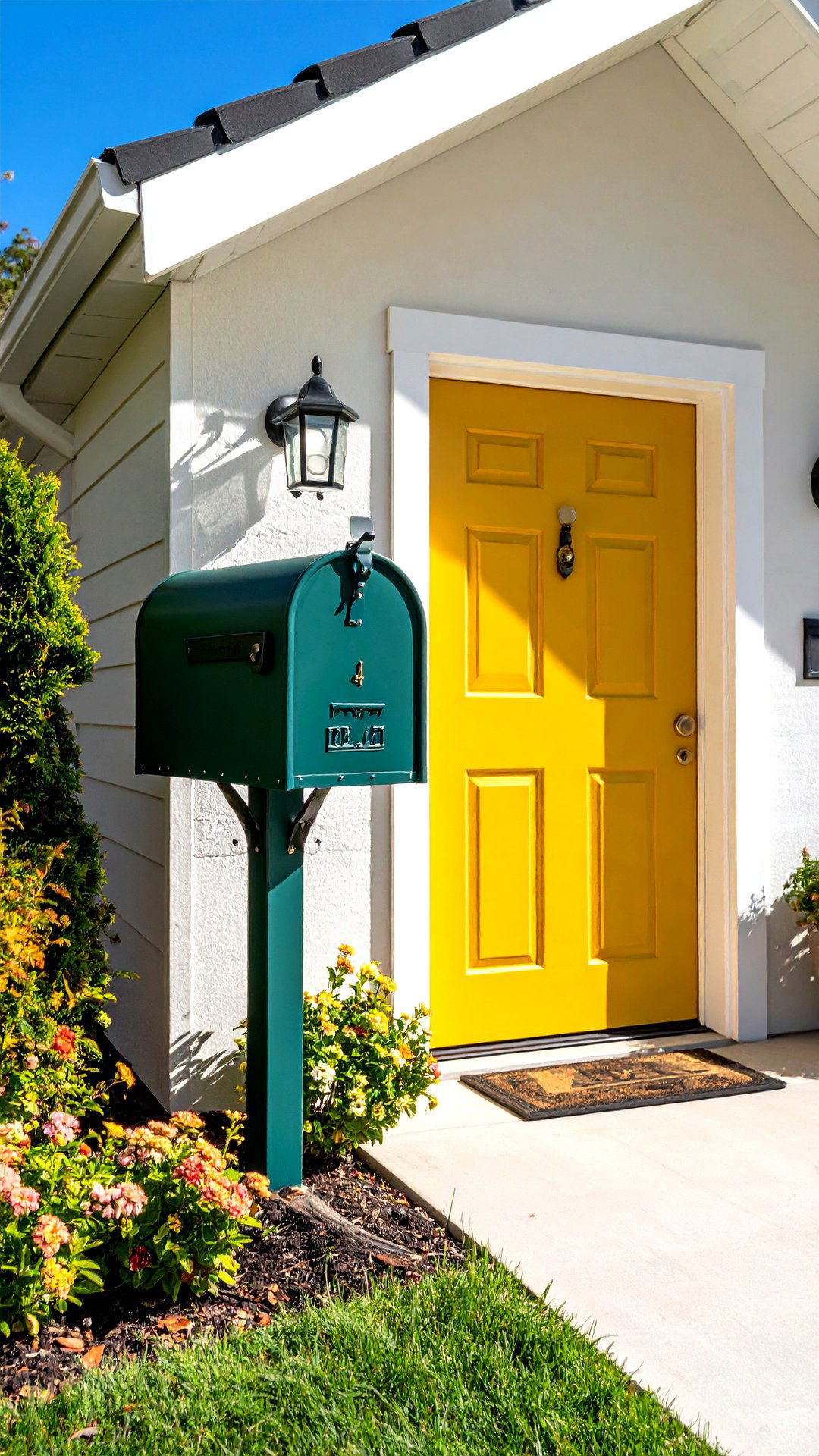
Another deceptively small upgrade, bespoke house numbers and a coordinating mailbox immediately distinguish a house exterior from the neighbors’ rows of builder-grade hardware. Laser-cut steel digits mounted on standoff pins cast dramatic shadows that change with the sun, while a powder-coated mailbox in the same finish ties the vignette together. Choose a font that echoes window mullions or railing spindles for cohesion, and ensure characters are at least four inches tall to meet postal guidelines. Illuminated backplates driven by photo-sensors help deliveries land at the right door after dark and add a subtle designer glow.
20. Rain Chain Water Feature Enhances a House Exterior’s Soundscape
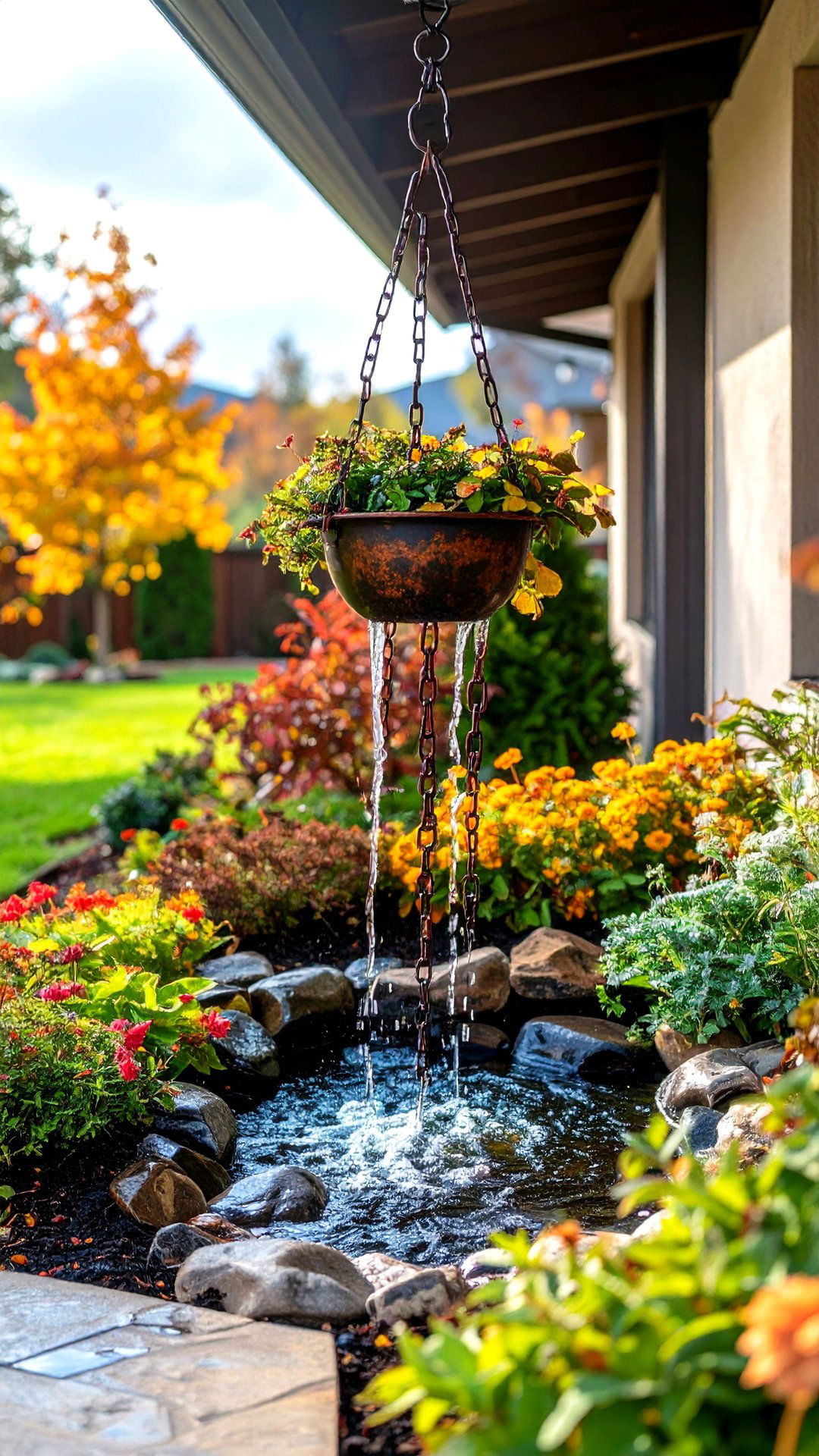
With bare gutter downspouts often an eyesore, swapping them for copper rain chains turns necessary drainage into a kinetic sculpture that serenades the house exterior during storms. As water funnels from the roof, it clinks down linked cups or rings, splashing into a rock-filled basin that doubles as a mini rain garden. The gentle sound masks street noise and helps kids track precipitation visually. Over time, copper develops a verdigris patina that echoes aged roof flashing. Ensure proper anchoring at both top and bottom so high winds don’t swing the chain against siding.
21. LED Pixel Panels Create a Dynamic House Exterior
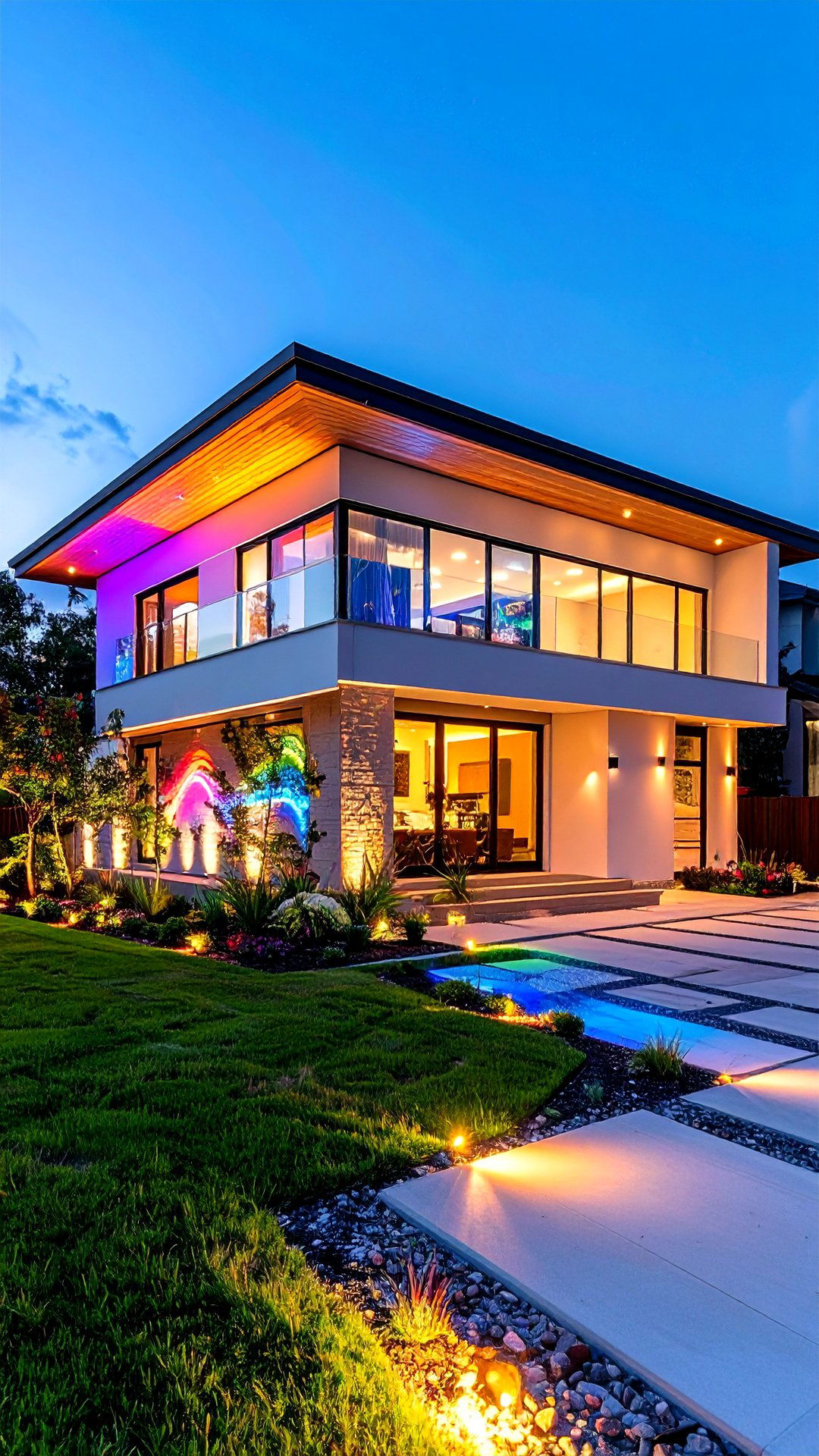
Studies in interactive architecture show that low-energy LED pixel panels can transform a static house exterior into an ever-changing light mural. Thin weatherproof tiles mount beneath eaves or across privacy fences, syncing with smartphone apps to display color gradients, gentle waves, or holiday patterns in minutes. Because each diode draws just fractions of a watt, even elaborate displays won’t spike power bills. Install behind frosted acrylic diffusers for a softer glow that flatters siding instead of blinding neighbors. The tech-forward façade hints at a smart home within and can be dimmed on curfew timers for community harmony.
22. Shadow-Line Render Adds Subtle Texture to the House Exterior
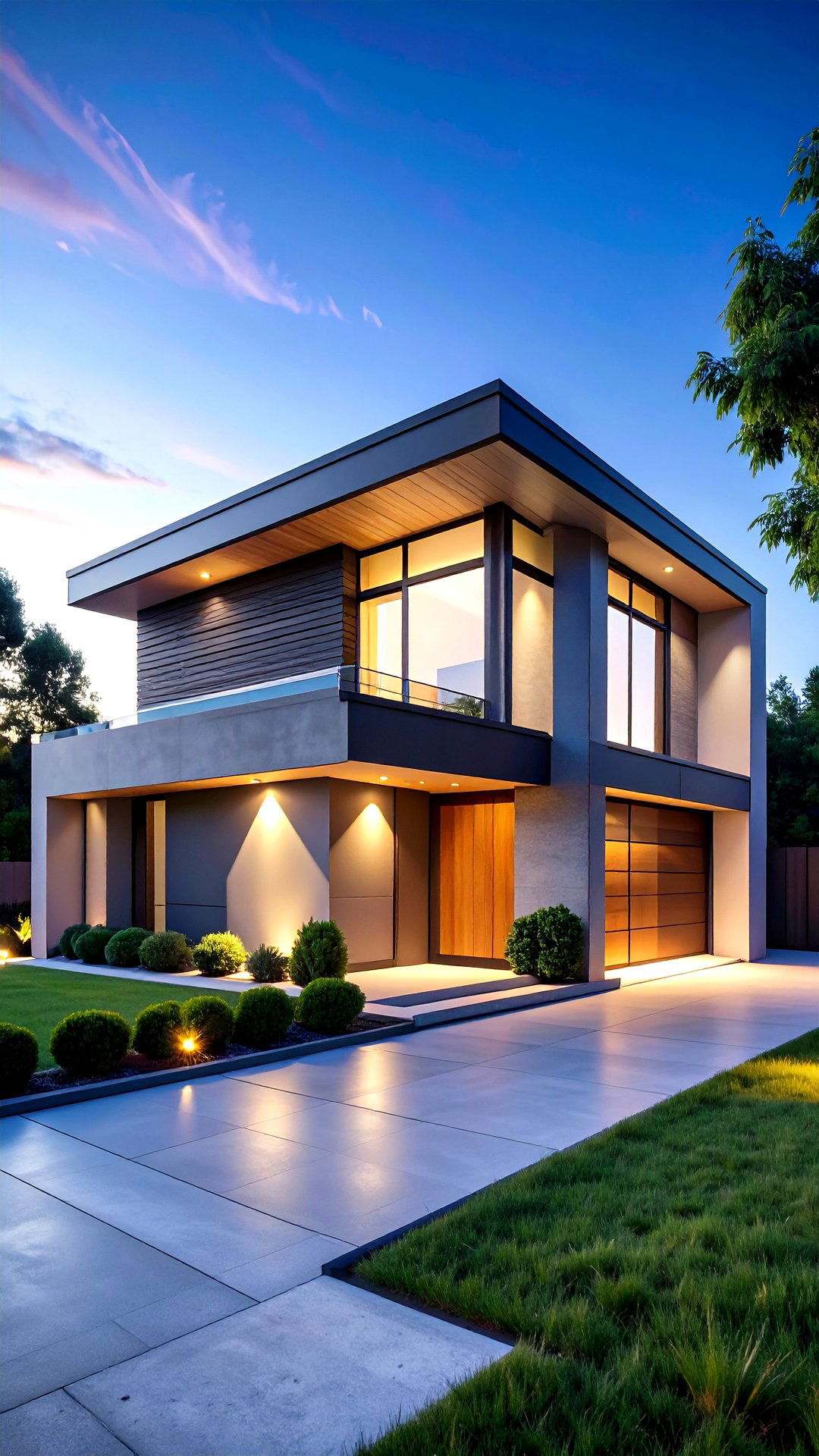
Although smooth stucco remains popular, architects increasingly carve crisp horizontal shadow lines into render to give a minimalist house exterior depth without additional materials. The grooves, cut every two or three courses with a trowel or PVC bead, catch sunlight differently throughout the day, making walls feel dynamic yet uncluttered. This technique works especially well on monochrome façades — white, charcoal, or sage — where ornamentation is intentionally sparse. Because the recesses are shallow, they don’t compromise insulation or require special flashing. A straightforward detail thus delivers a surprisingly sophisticated surface play.
23. Coastal Shiplap and Metal Roof Refresh a House Exterior
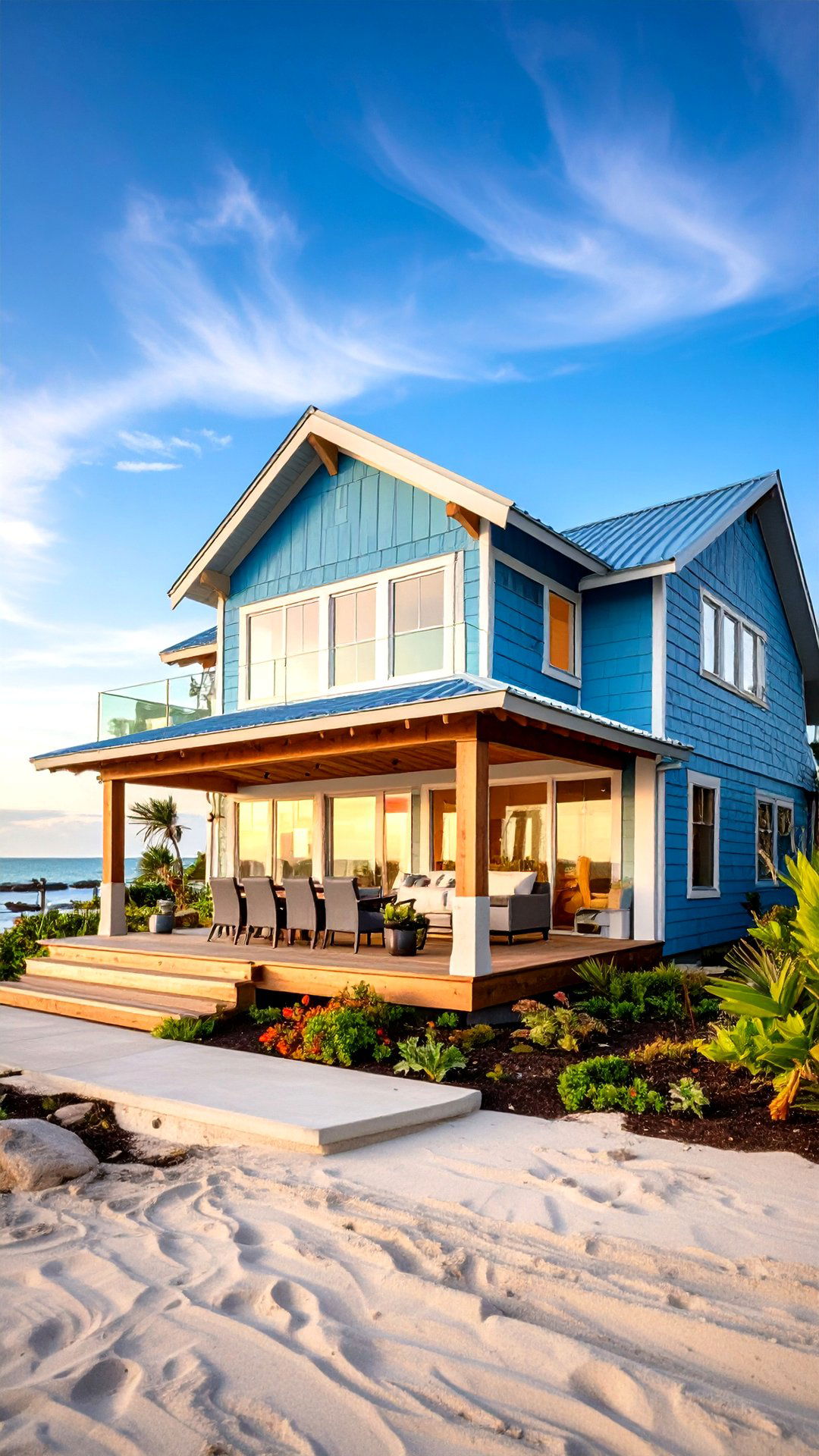
With salt breezes in mind, pairing horizontal shiplap siding and a standing-seam metal roof can give a landlocked house exterior breezy coastal character while upgrading resilience. Fiber-cement shiplap resists termites and expansion, and its strong shadow gaps look crisp under changing light. A light-colored metal roof with high solar reflectance keeps attics cooler and lasts decades longer than asphalt. Choose stainless or powder-coated fasteners to prevent rust streaks, and add deep overhangs that shade windows like bungalow eaves. The relaxed combination evokes seaside cottages without the maintenance woes of traditional wood clapboards.
24. Art Deco Trim Adds Geometric Drama to the House Exterior
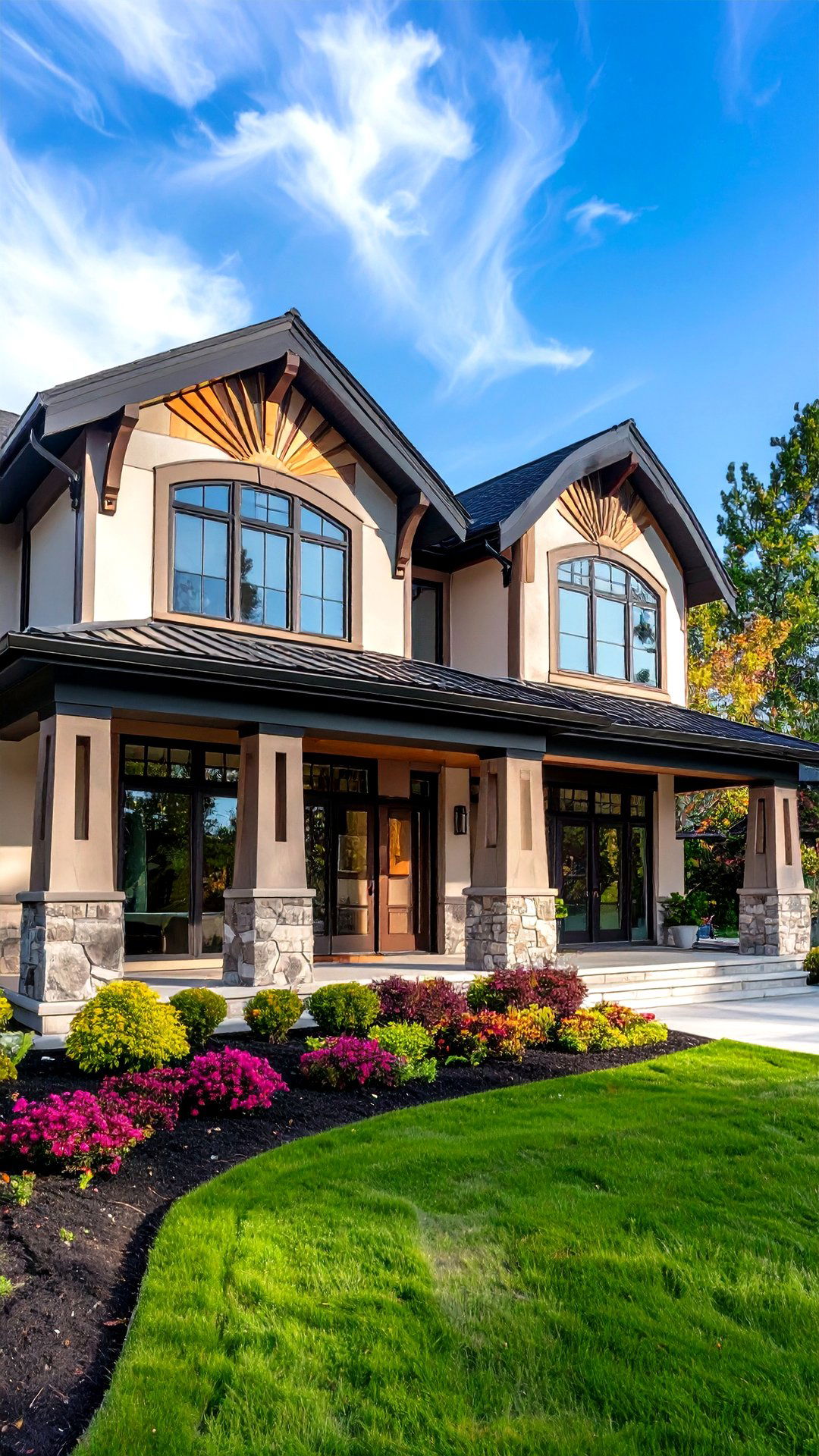
Despite contemporary minimalism, Art Deco motifs are resurging, bringing zig-zag cornices, streamlined flutes, and stylized sunbursts to enliven a house exterior. Fabricate trim from lightweight polyurethane for easy installation, then paint it a tone slightly darker than the main wall so shadows deepen patterns. The style pairs especially well with curved porch roofs and glass-block sidelights, reinforcing the Jazz-Age vibe. Limiting embellishment to entry surrounds and parapets keeps costs manageable and prevents overwhelm. A subtle metallic accent — brushed nickel house numbers or brass step nosings — completes the period glam without tipping into kitsch.
25. Reclaimed Timber Cladding Gives the House Exterior Sustainable Storytelling

Finally, cloaking walls in weathered barn boards or retired whiskey-stave panels gives a house exterior authenticity that can’t be faked. Reclaimed timber bears saw marks, nail holes, and sun streaks, each hinting at past lives and reducing demand for new lumber. Factory-brushed and kiln-dried planks now meet fire and pest codes, dispelling worries about old wood. Mix board widths for informal charm, and seal with vapor-permeable oil to maintain patina. QR codes embedded in front-yard plaques can link to a photo history of the source structure, turning siding into a sustainable conversation piece.
Conclusion:
House exteriors operate as more than protective skins; they broadcast identity, steward energy, and frame our daily rituals. Whether you favor texture-rich stone, interactive lighting, or the quietly confident flat roof, each idea above proves that curb appeal and function can evolve together. Embrace materials and palettes that speak to your climate and story, experiment at a scale your budget allows, and trust that even small shifts — like a new door hue or rain chain — completely recalibrate first impressions. The street will notice, but more importantly, you’ll feel renewed each time you pull into the drive.


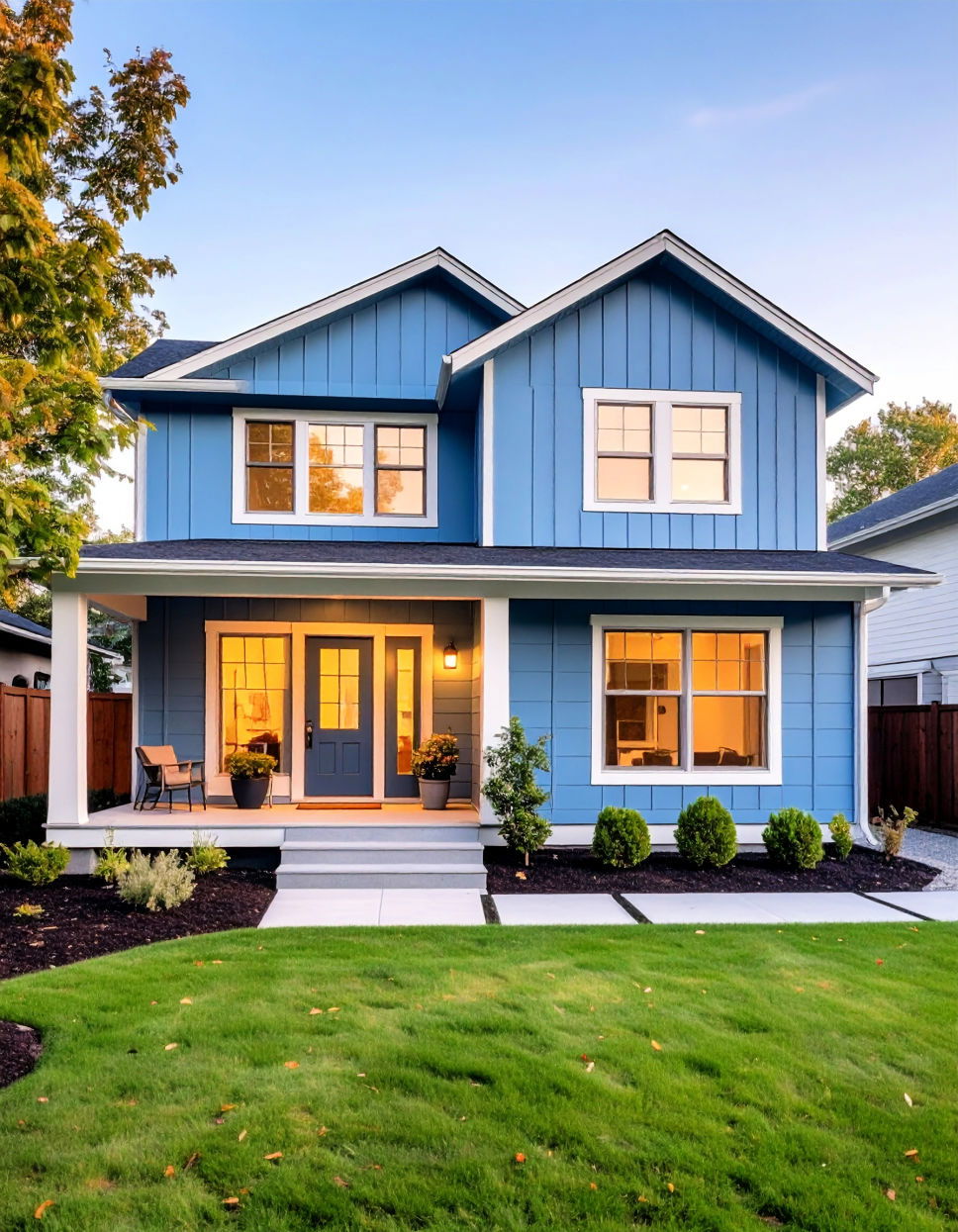
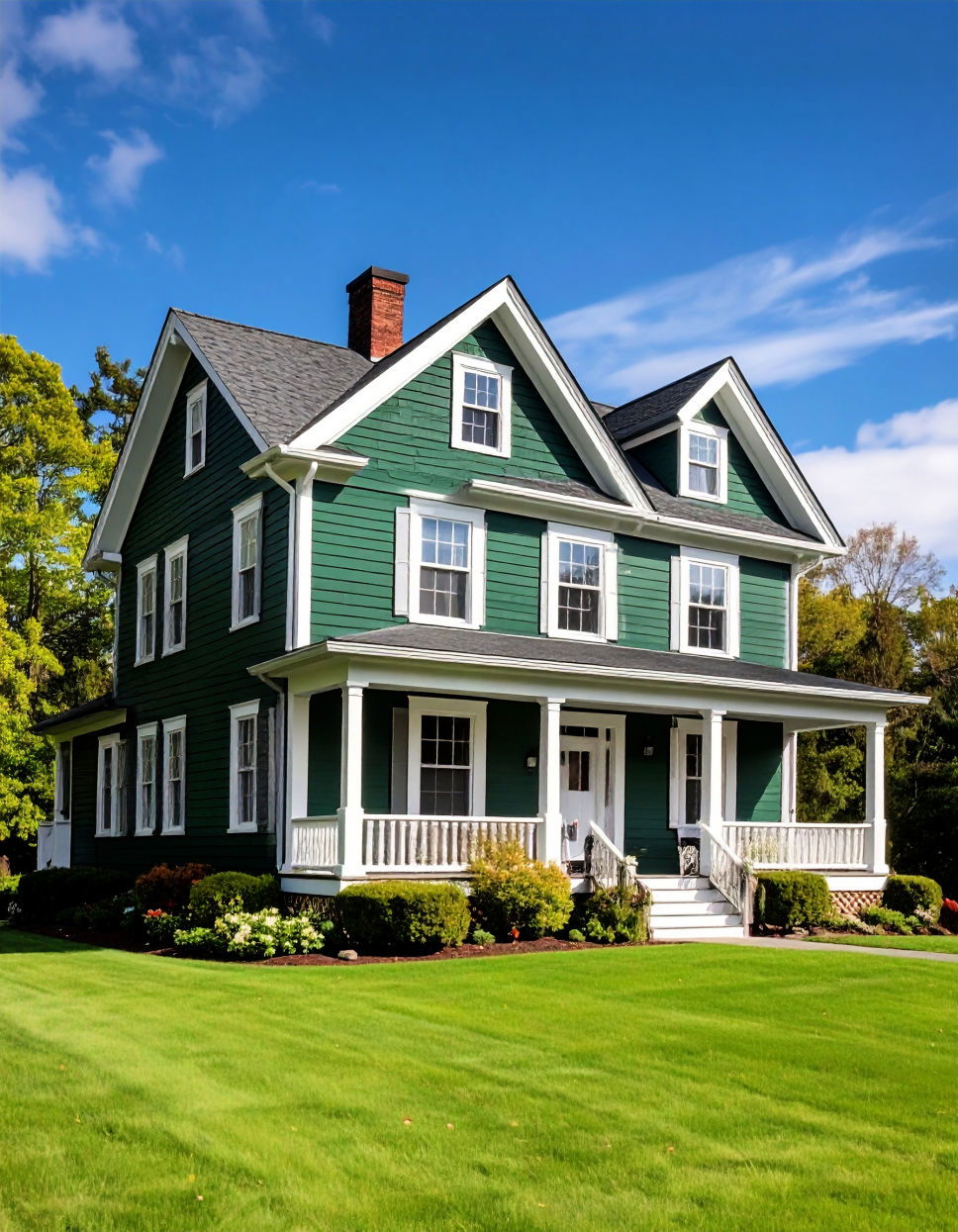
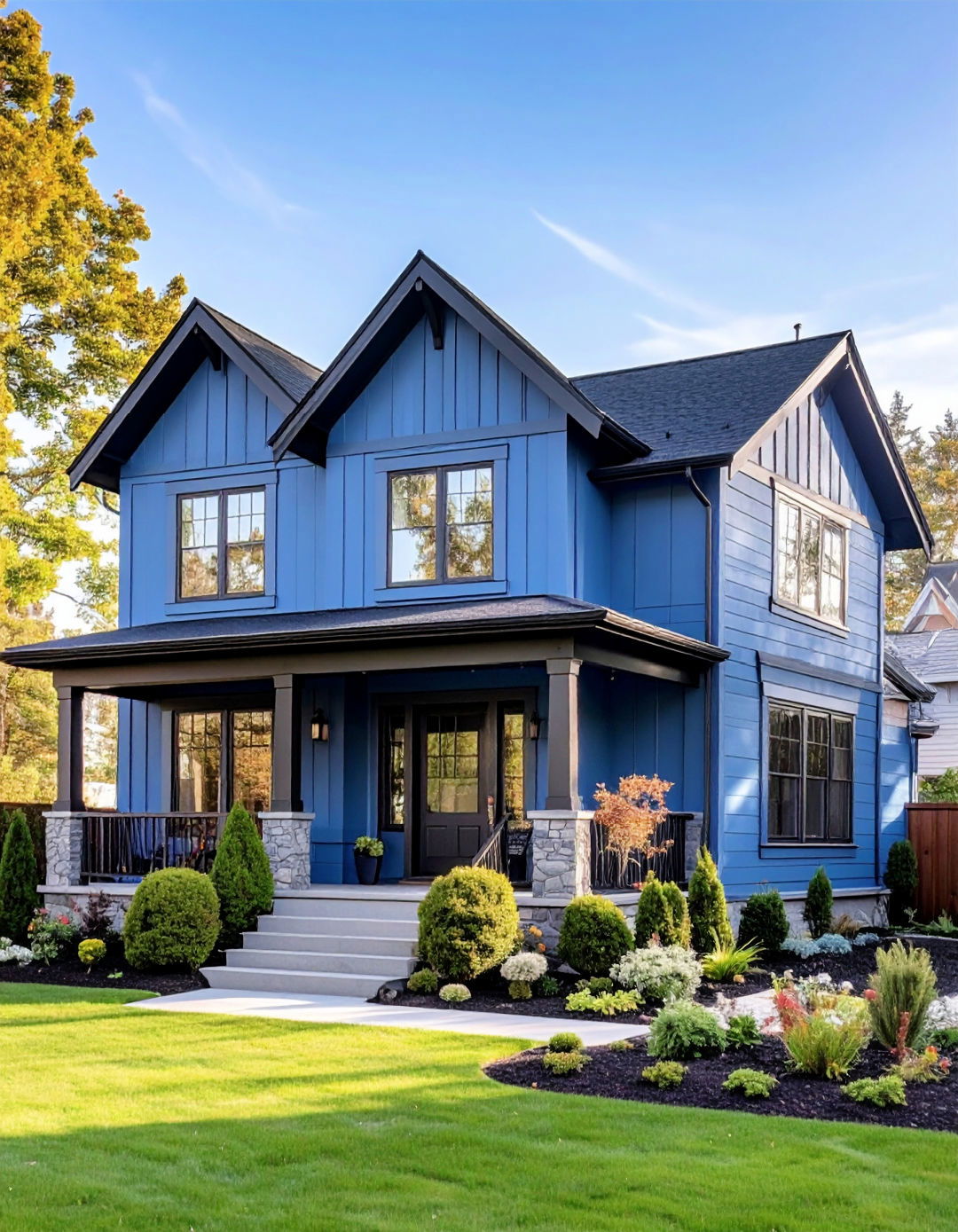

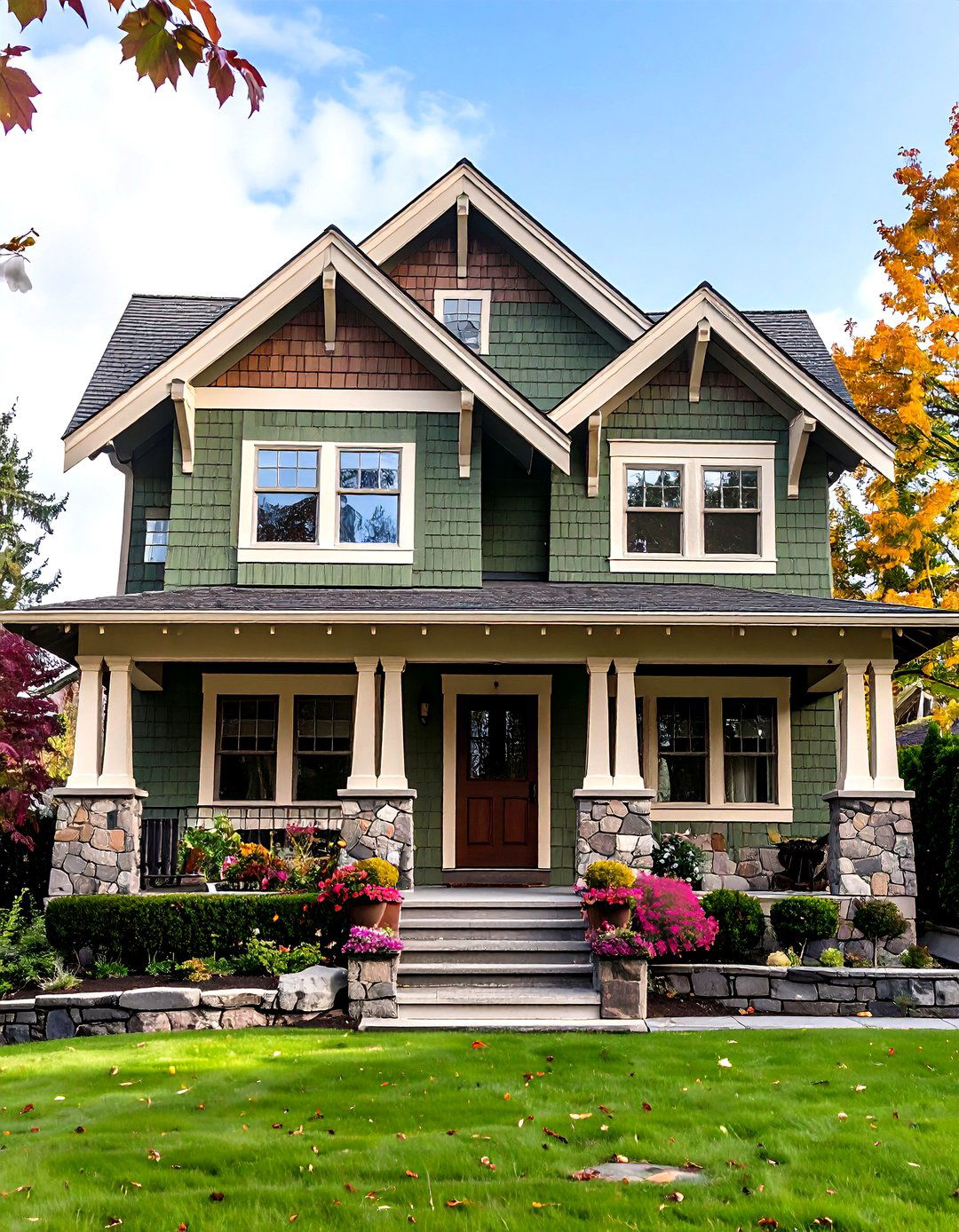
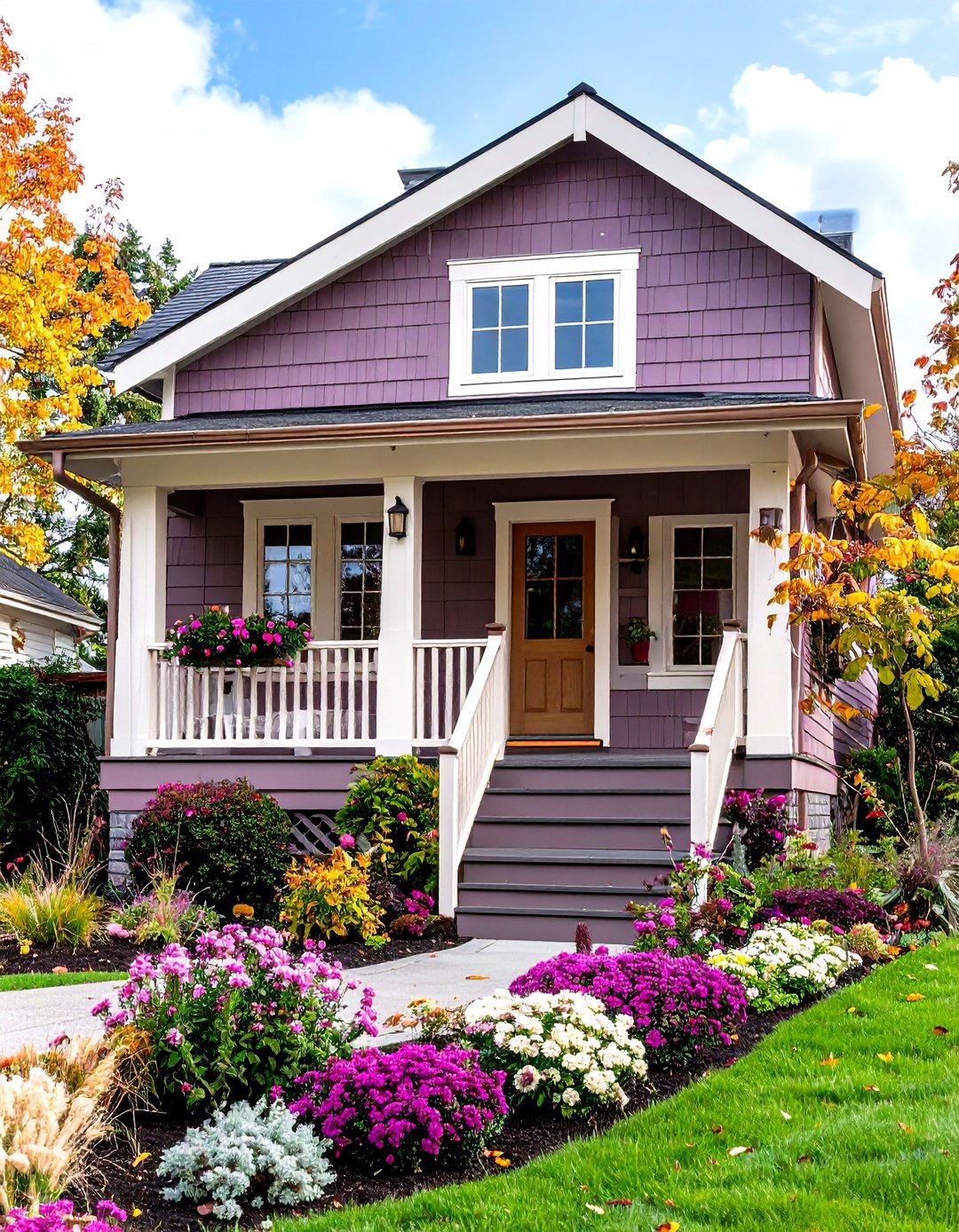
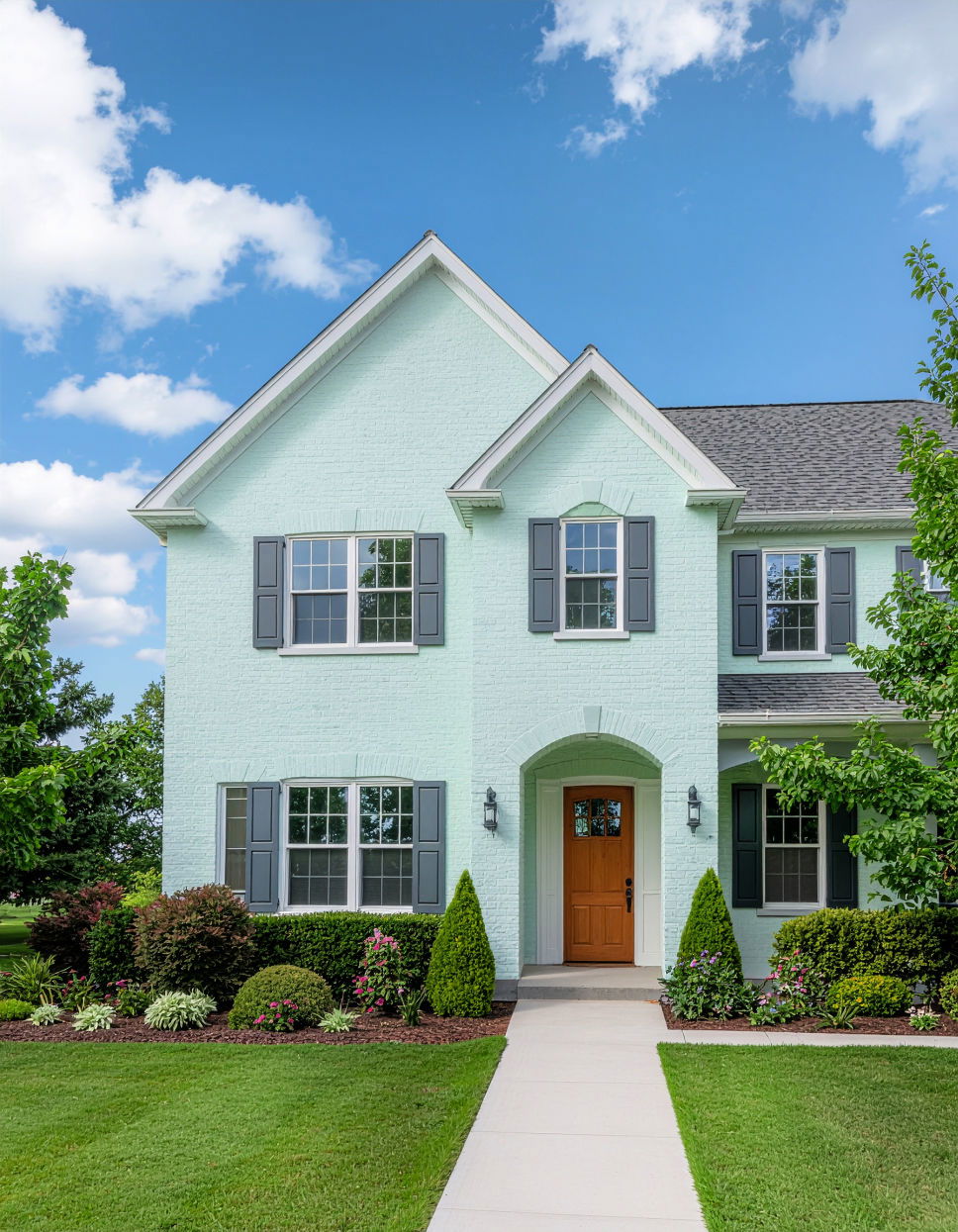
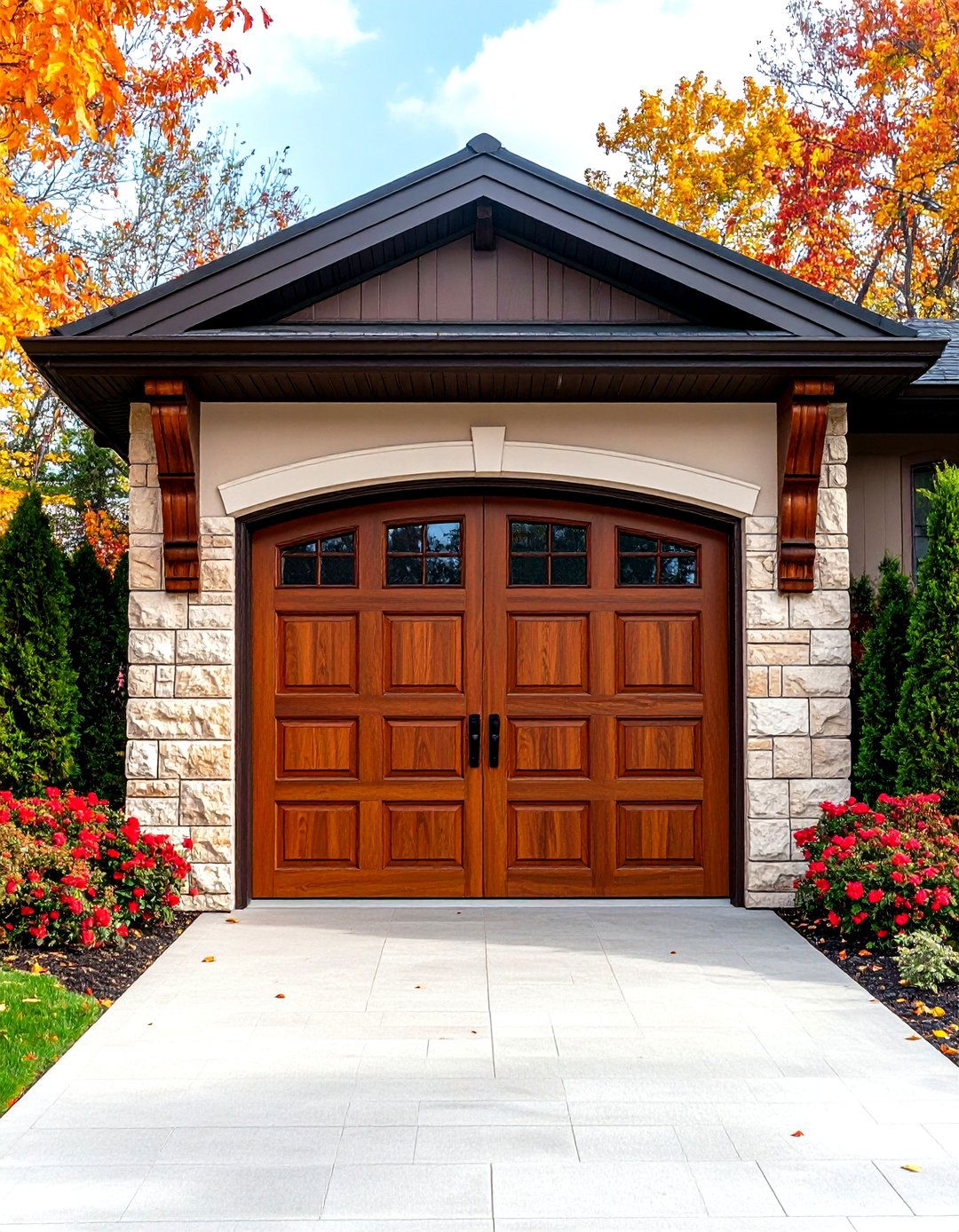

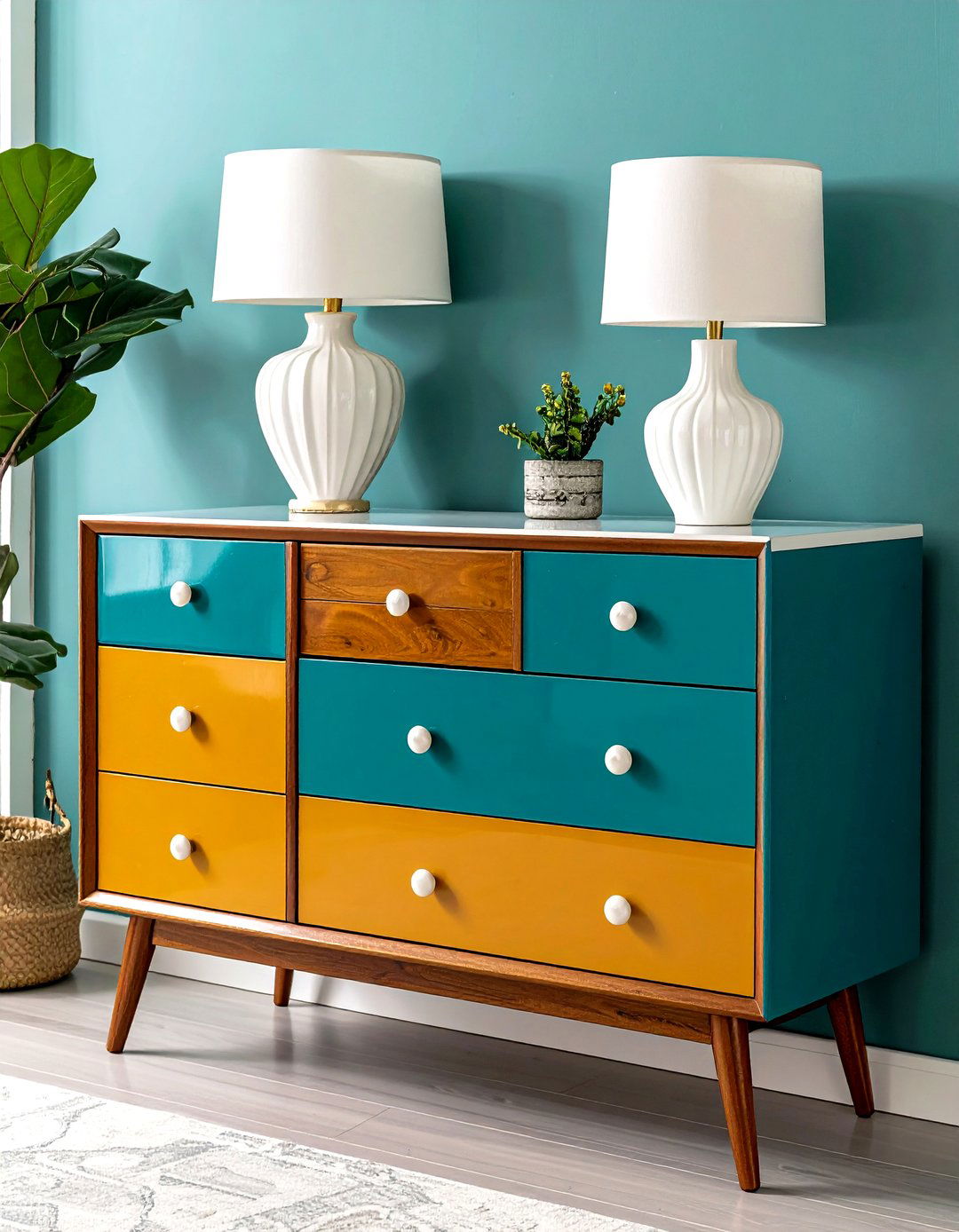
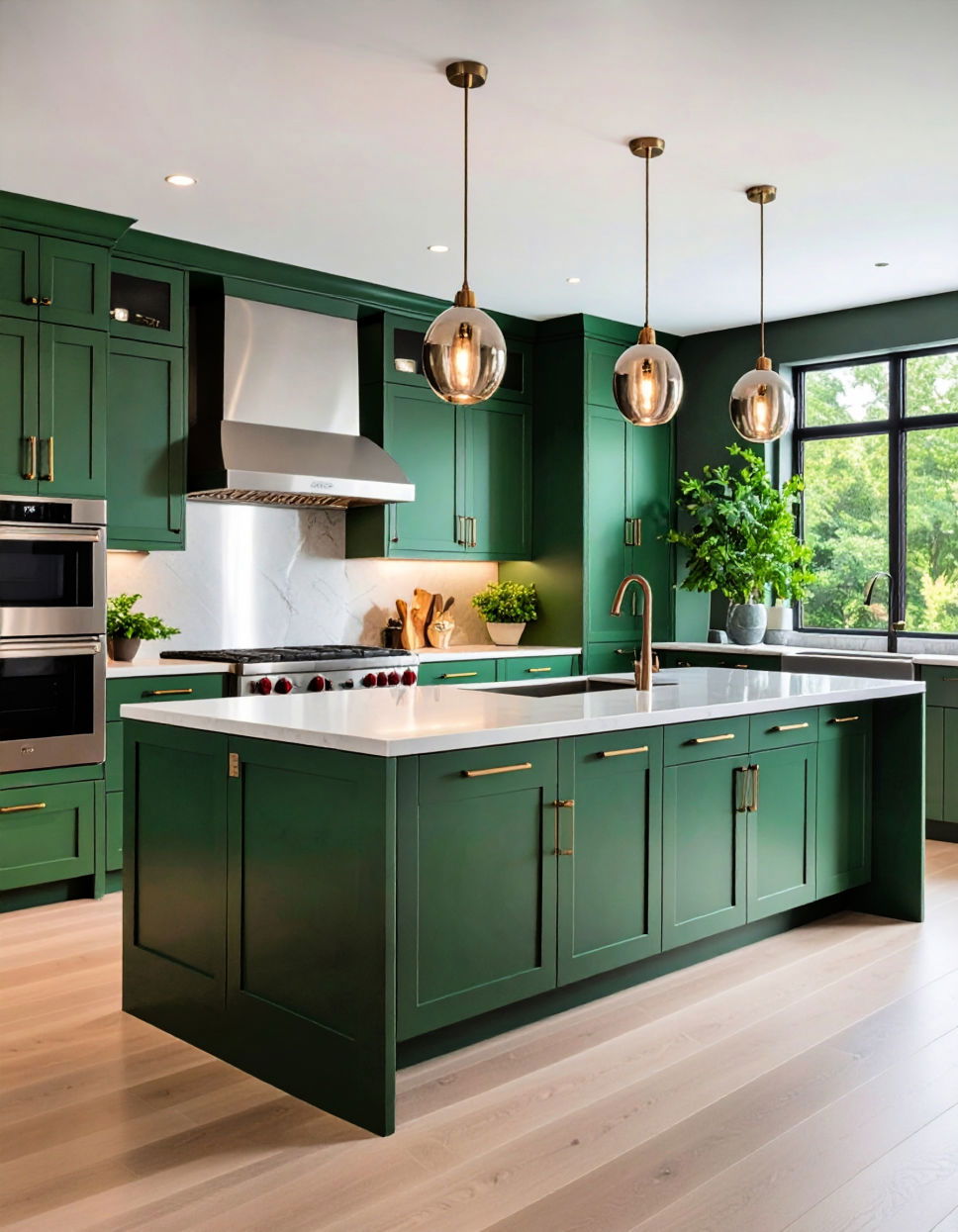
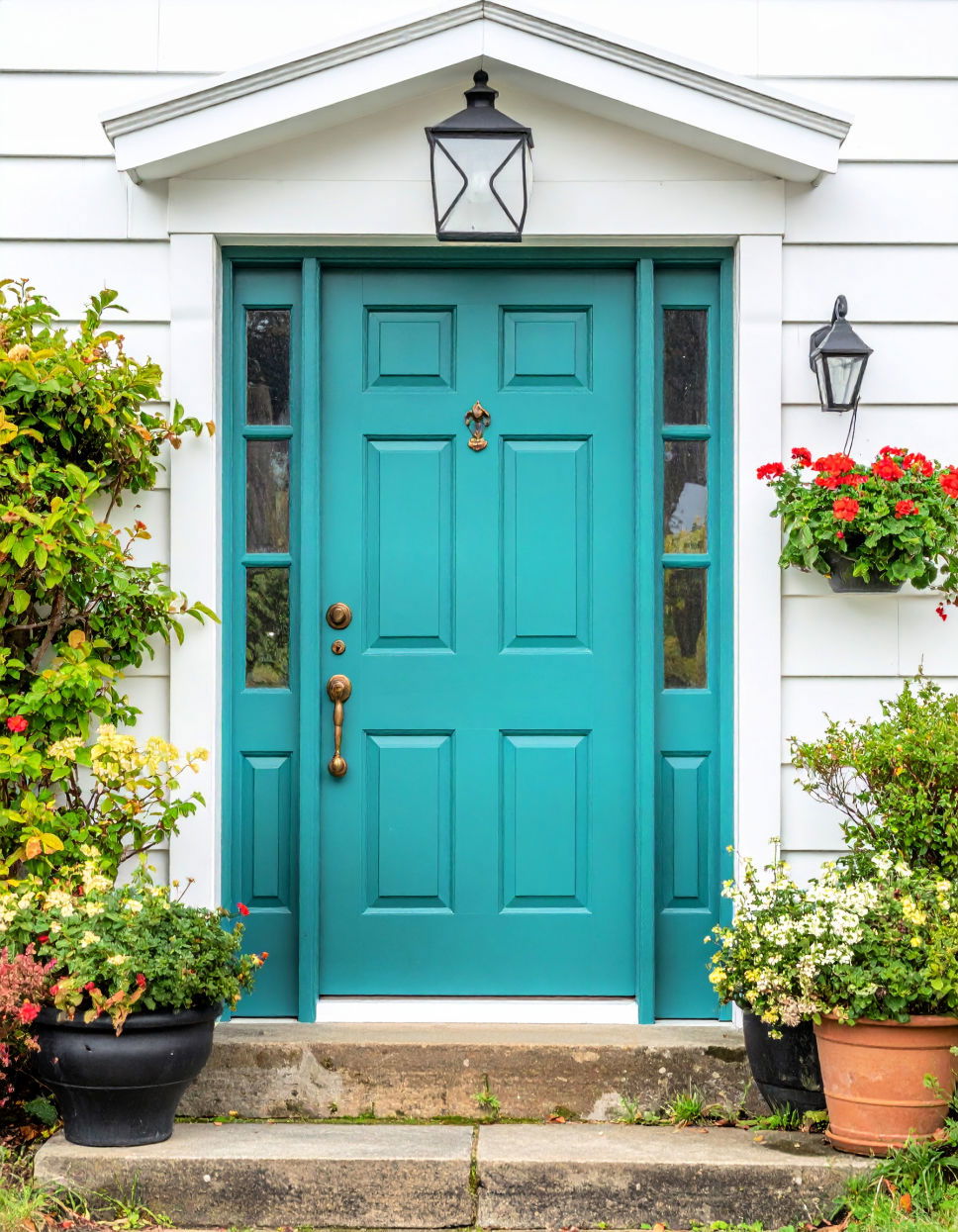
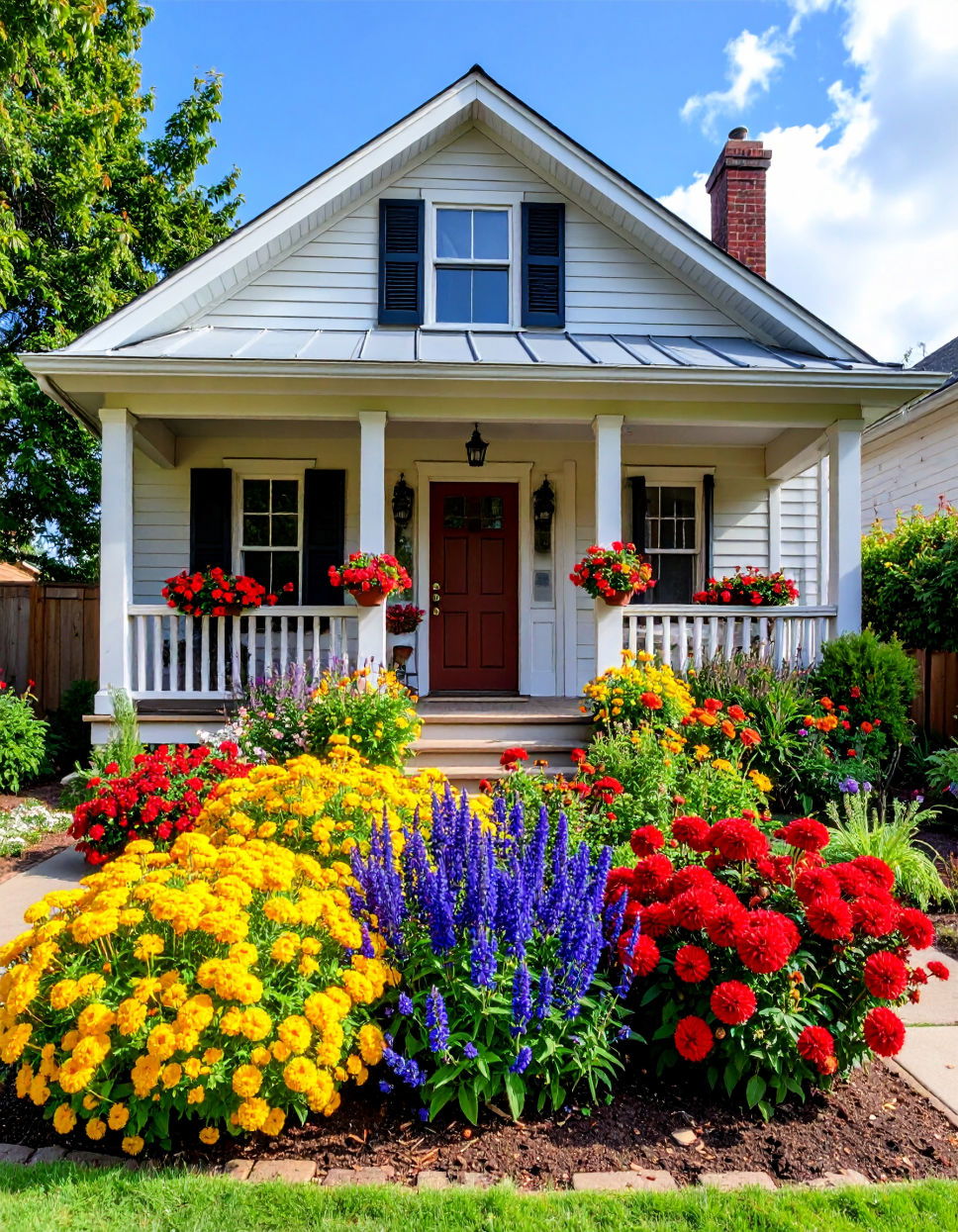
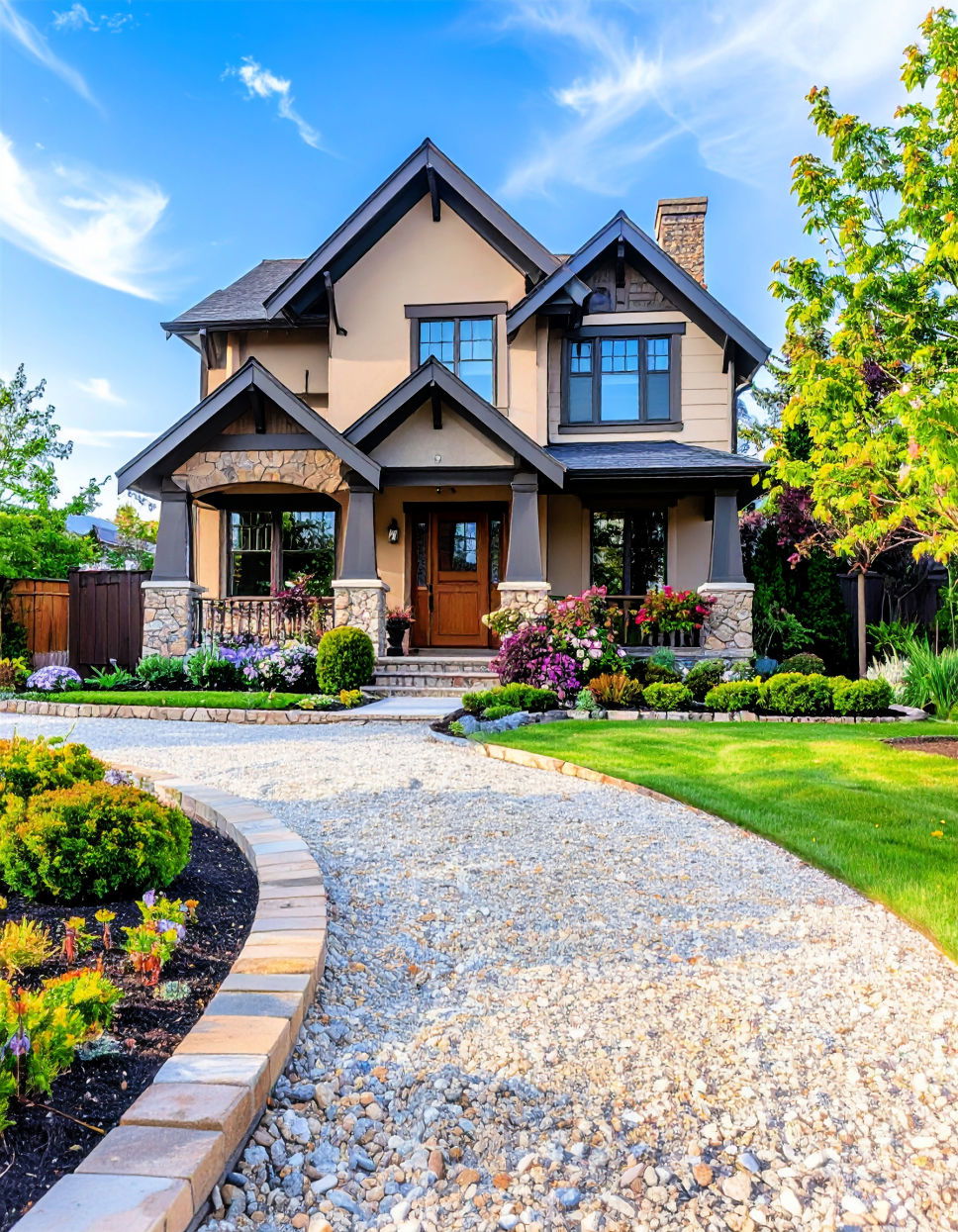
Leave a Reply